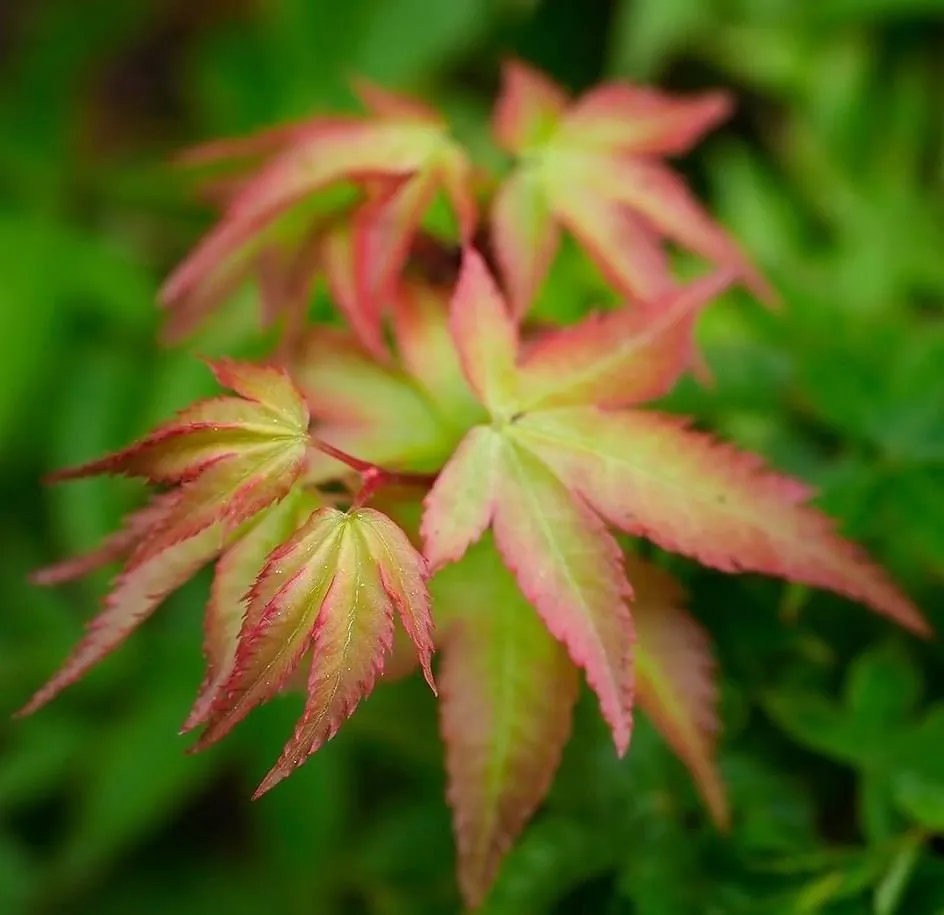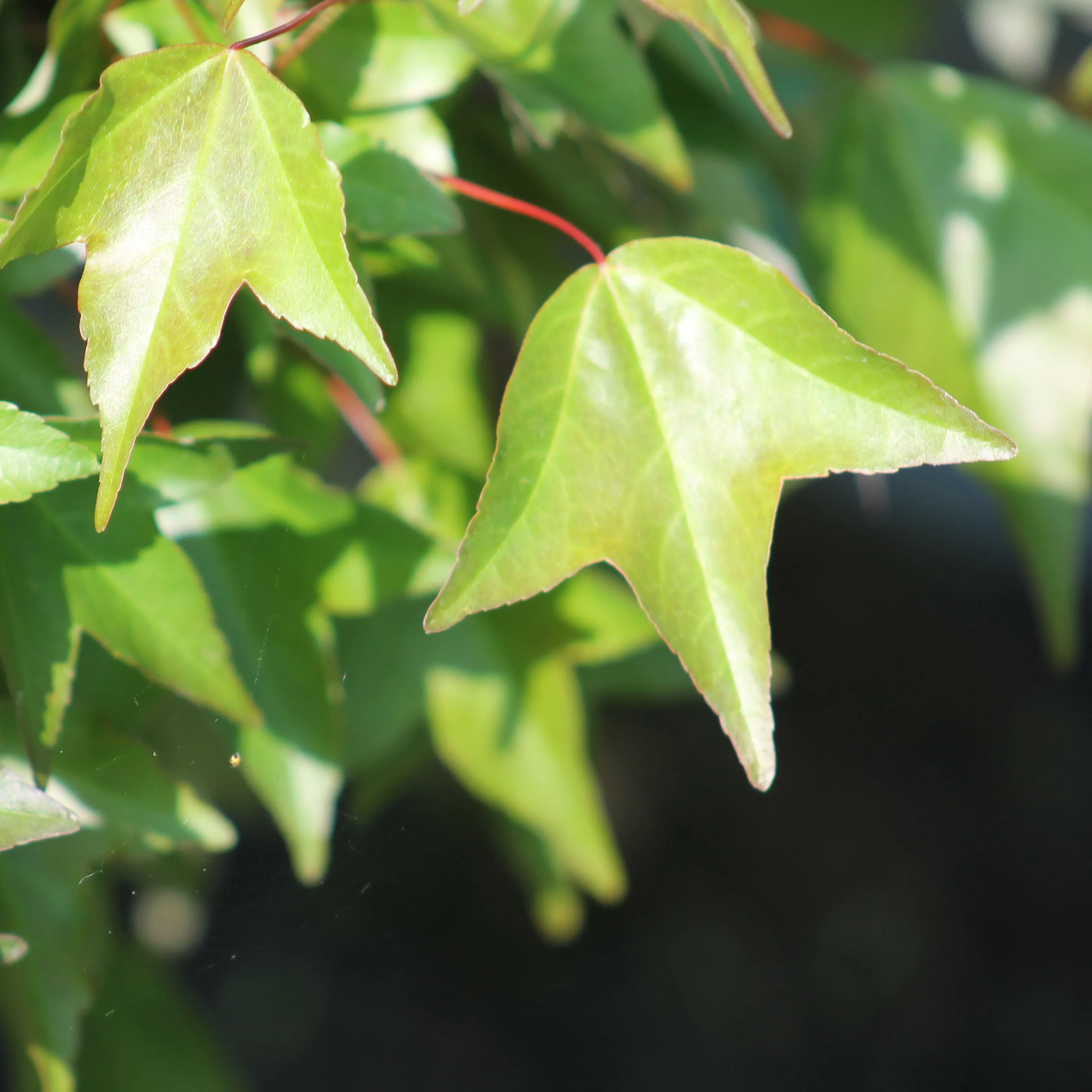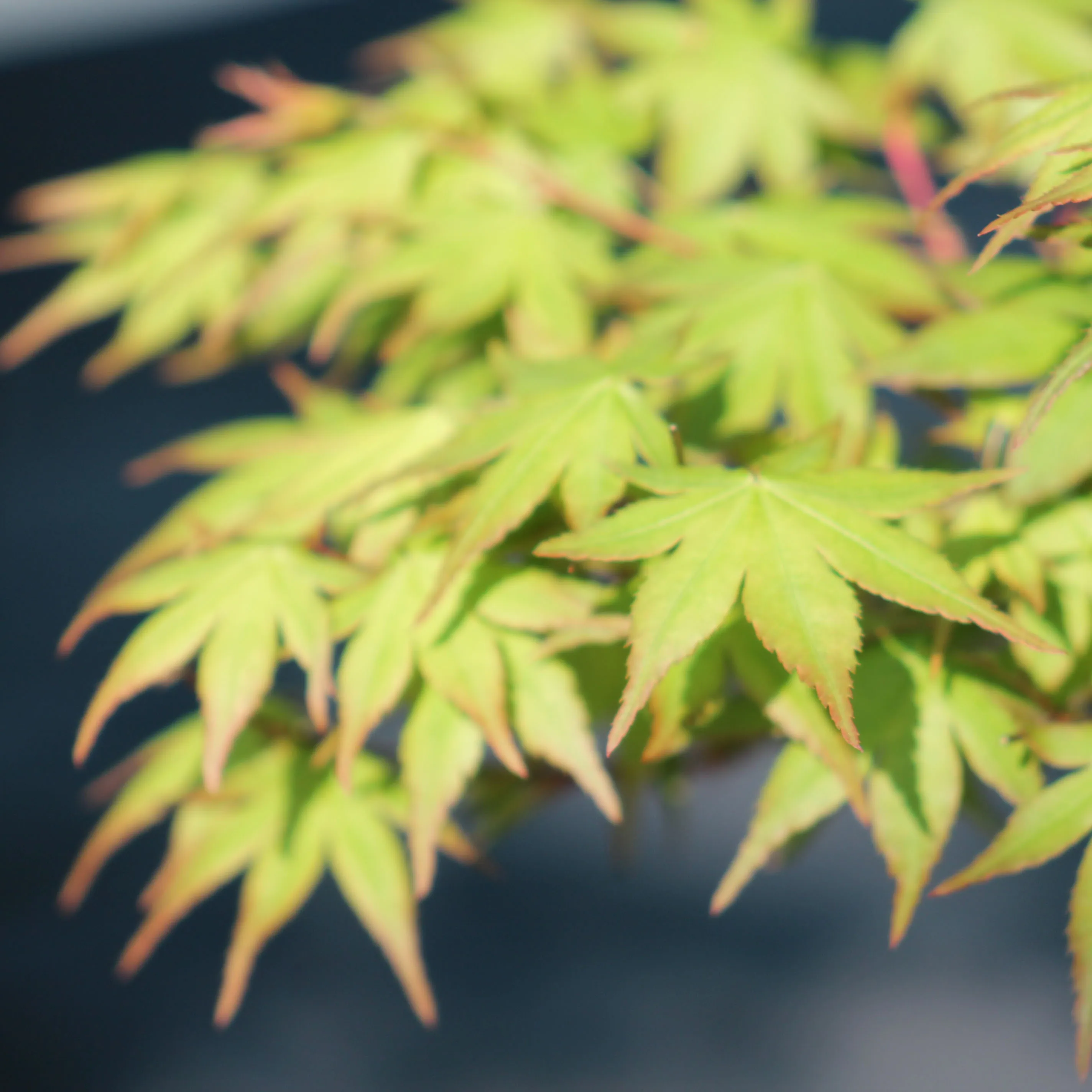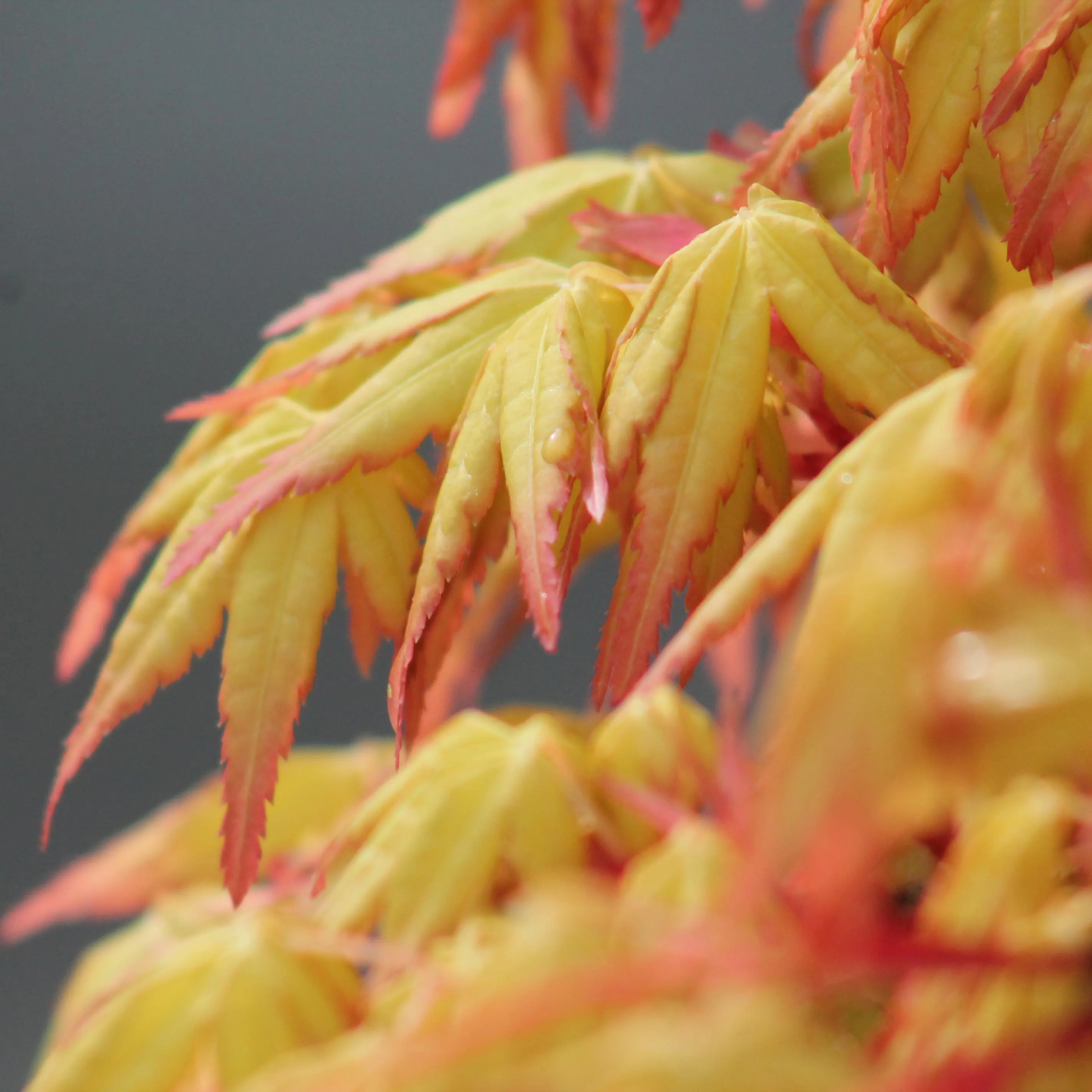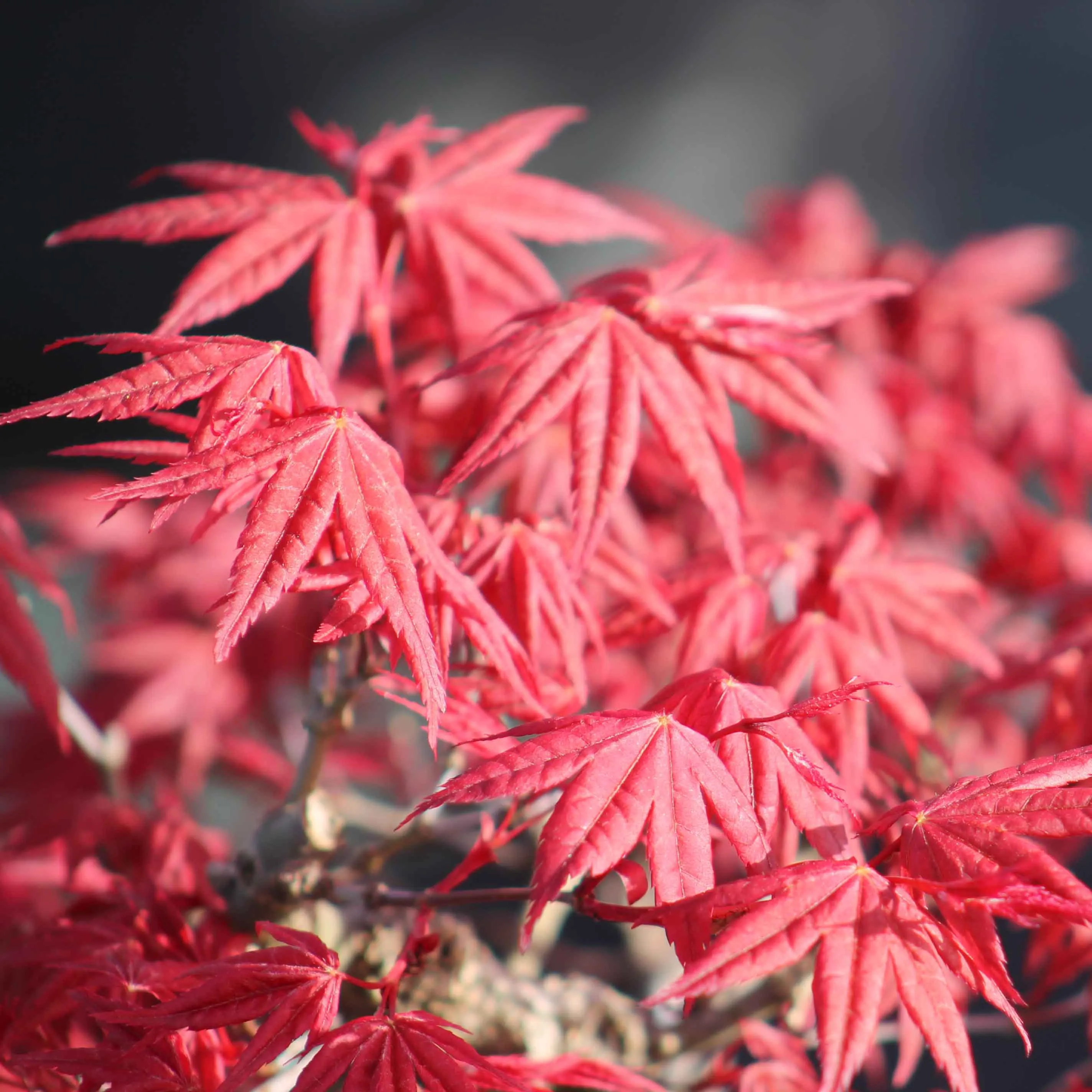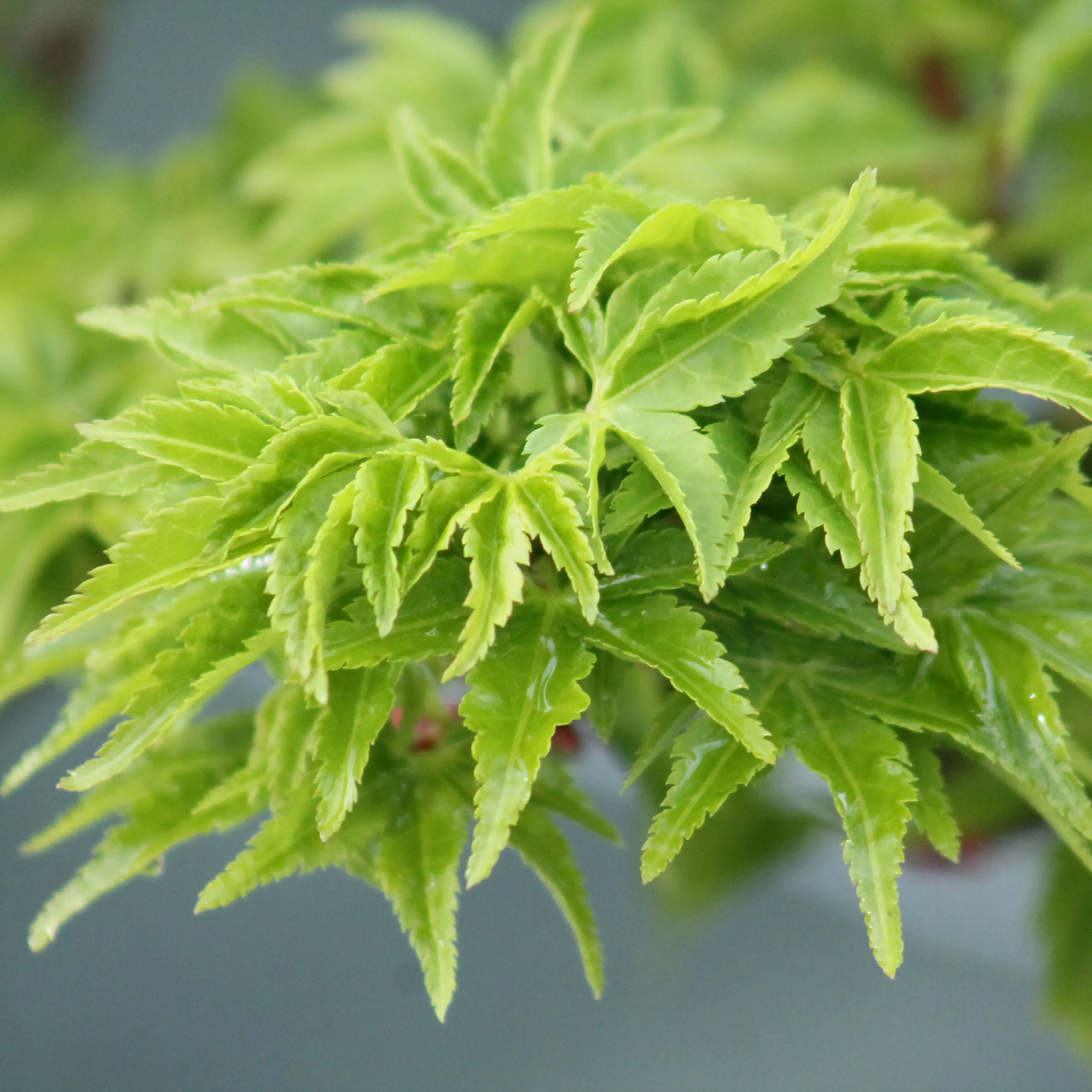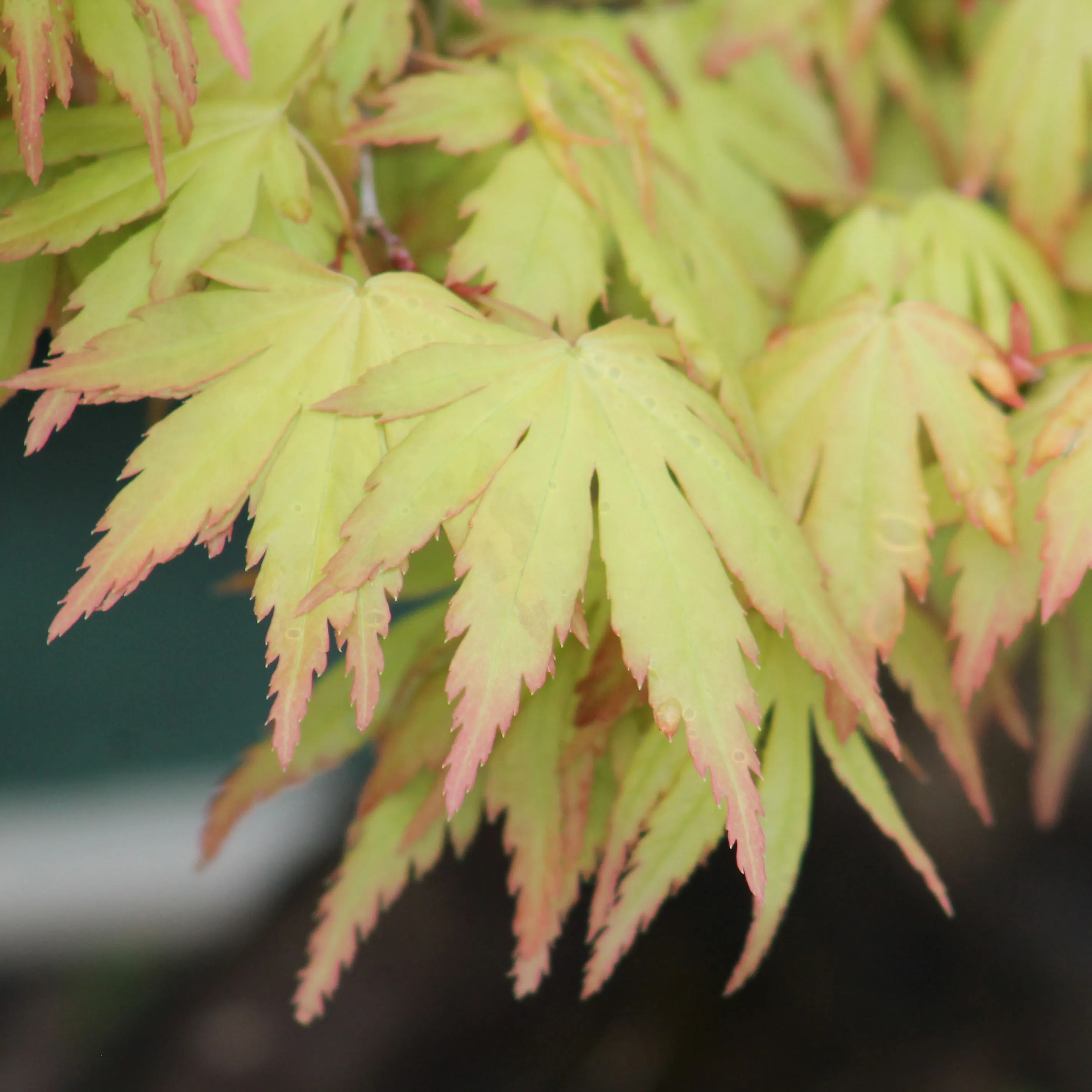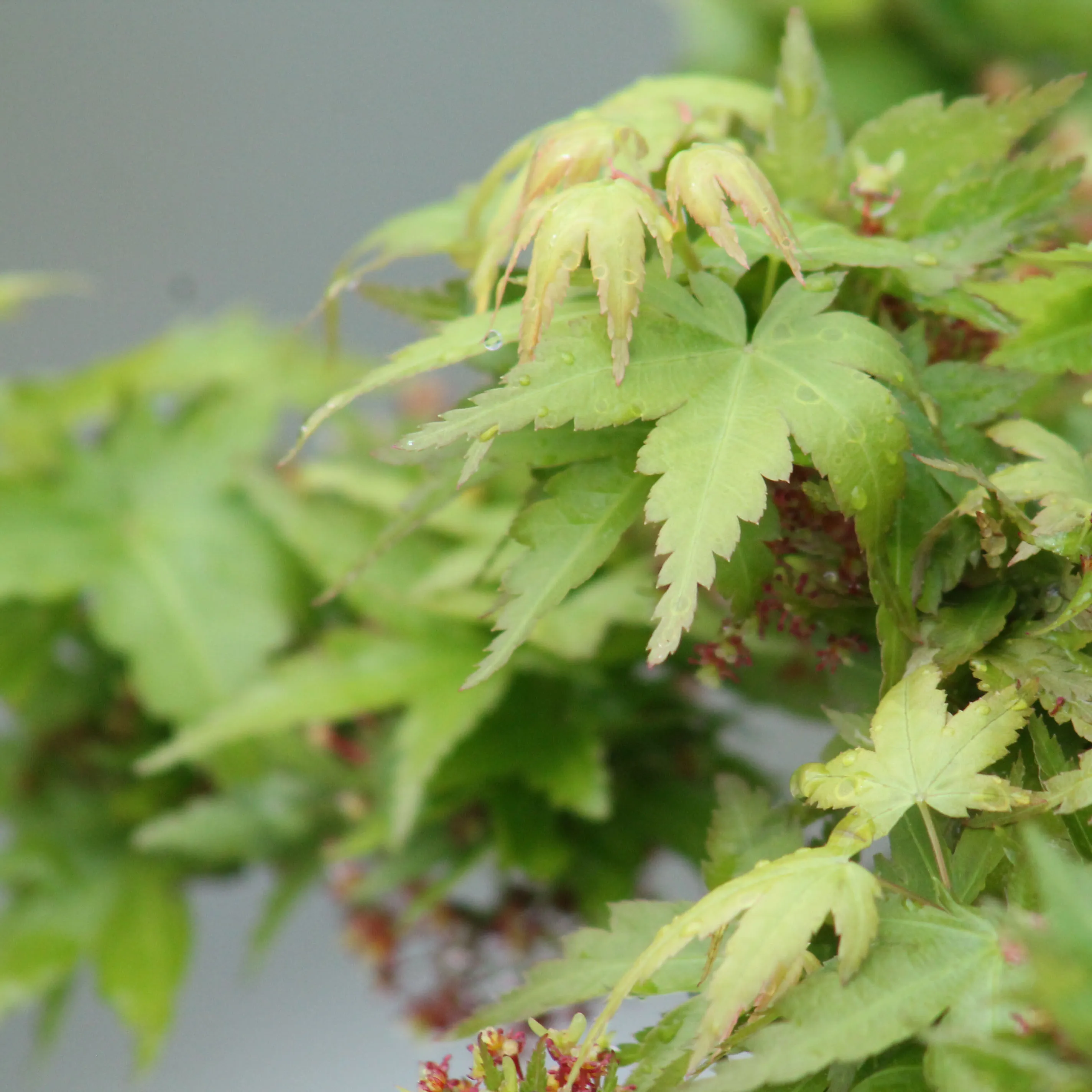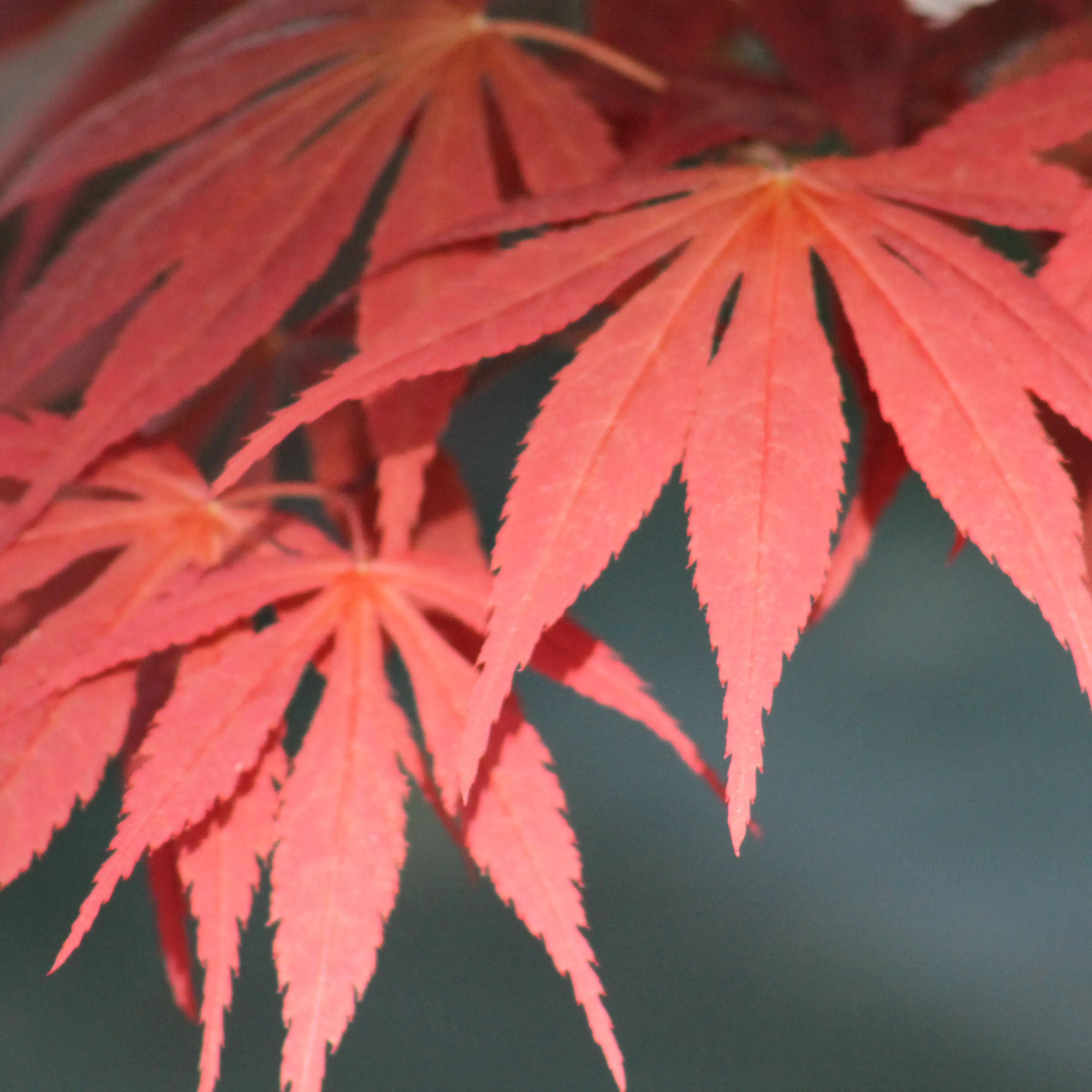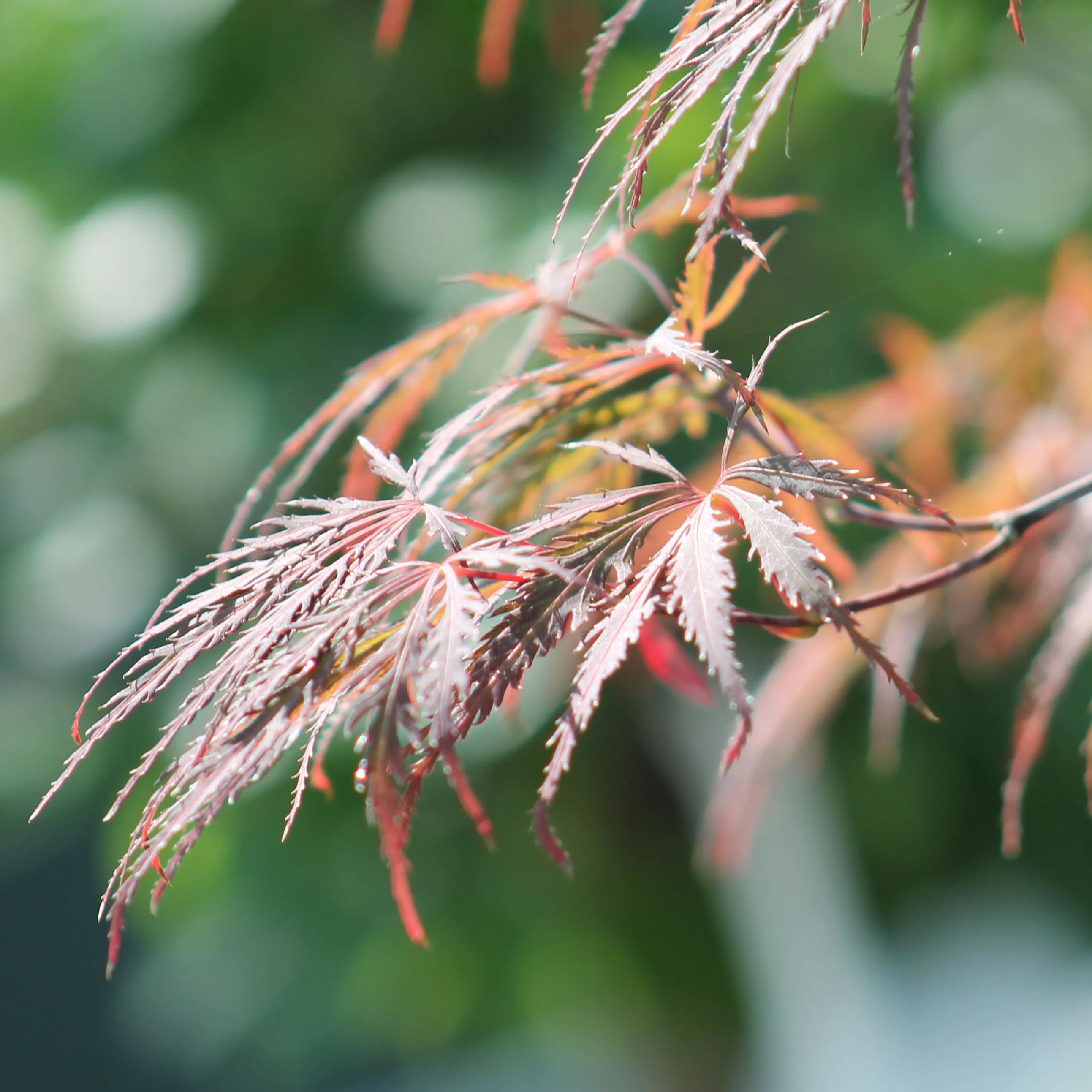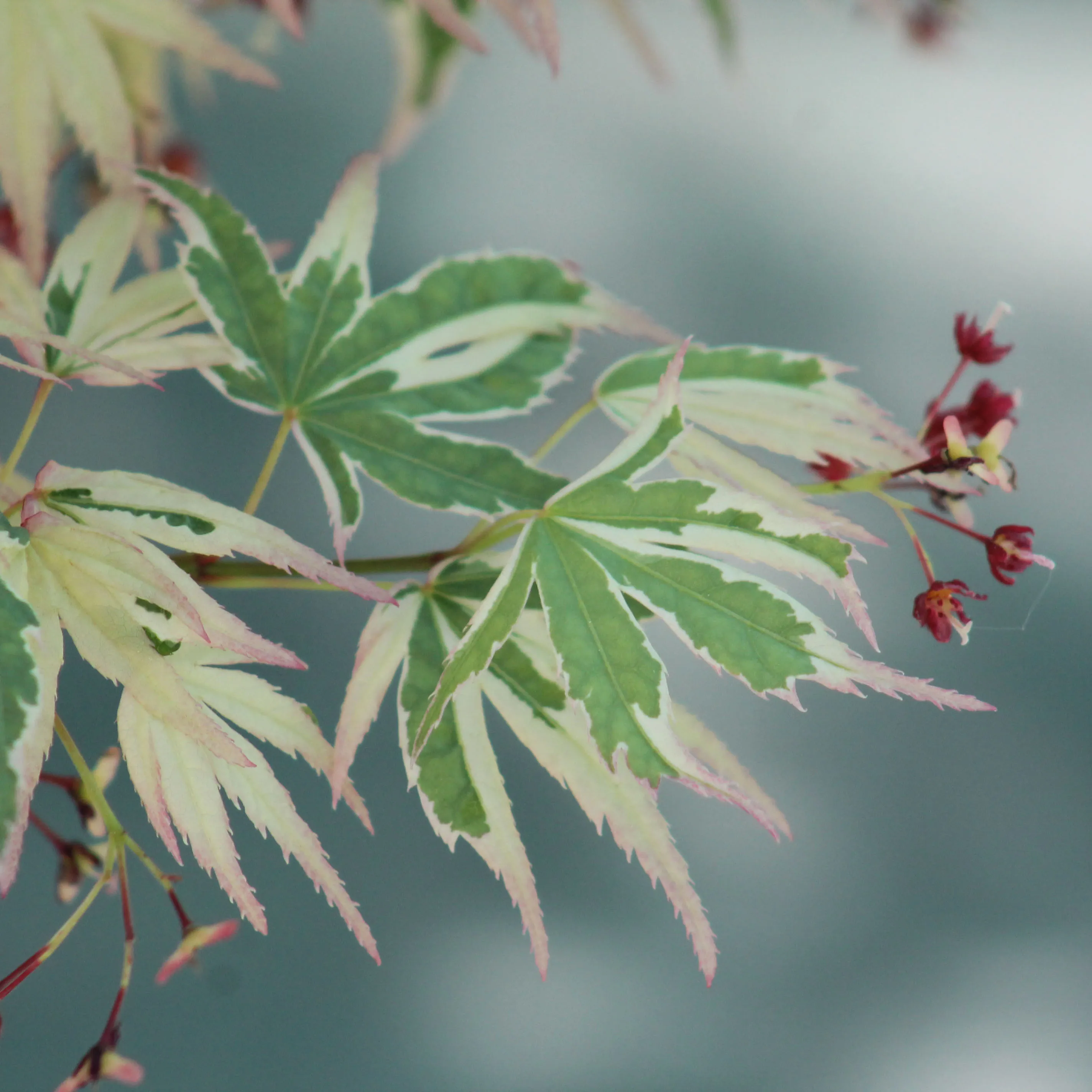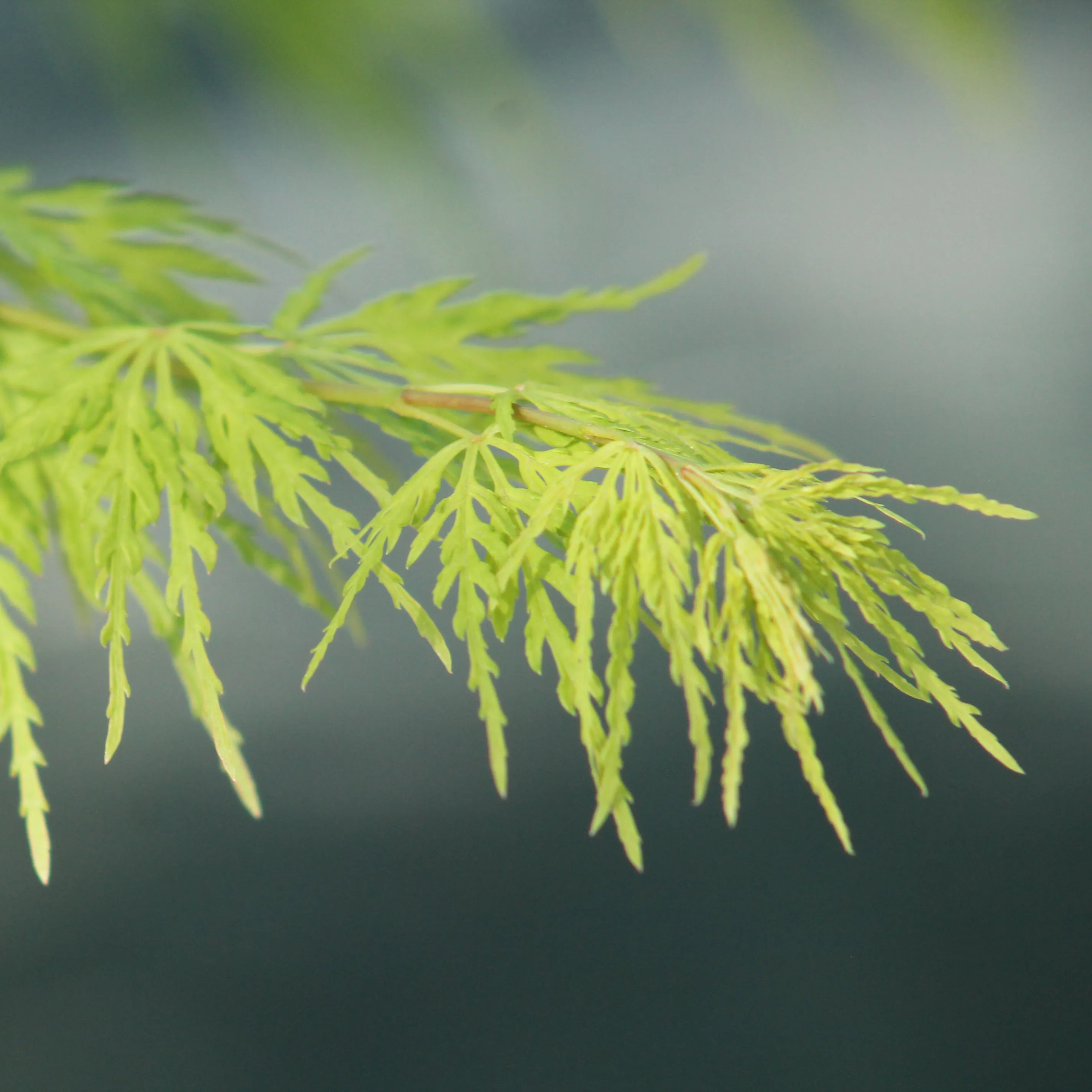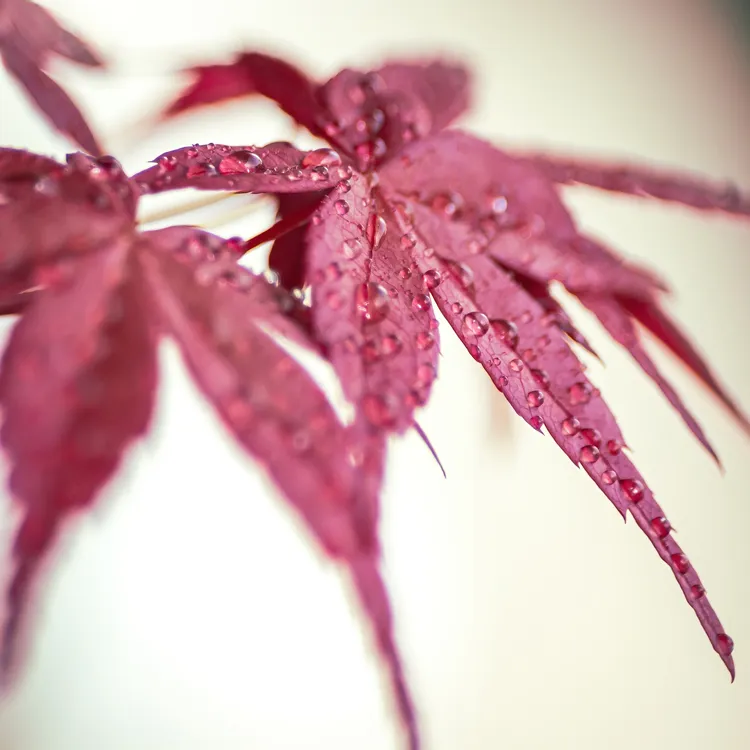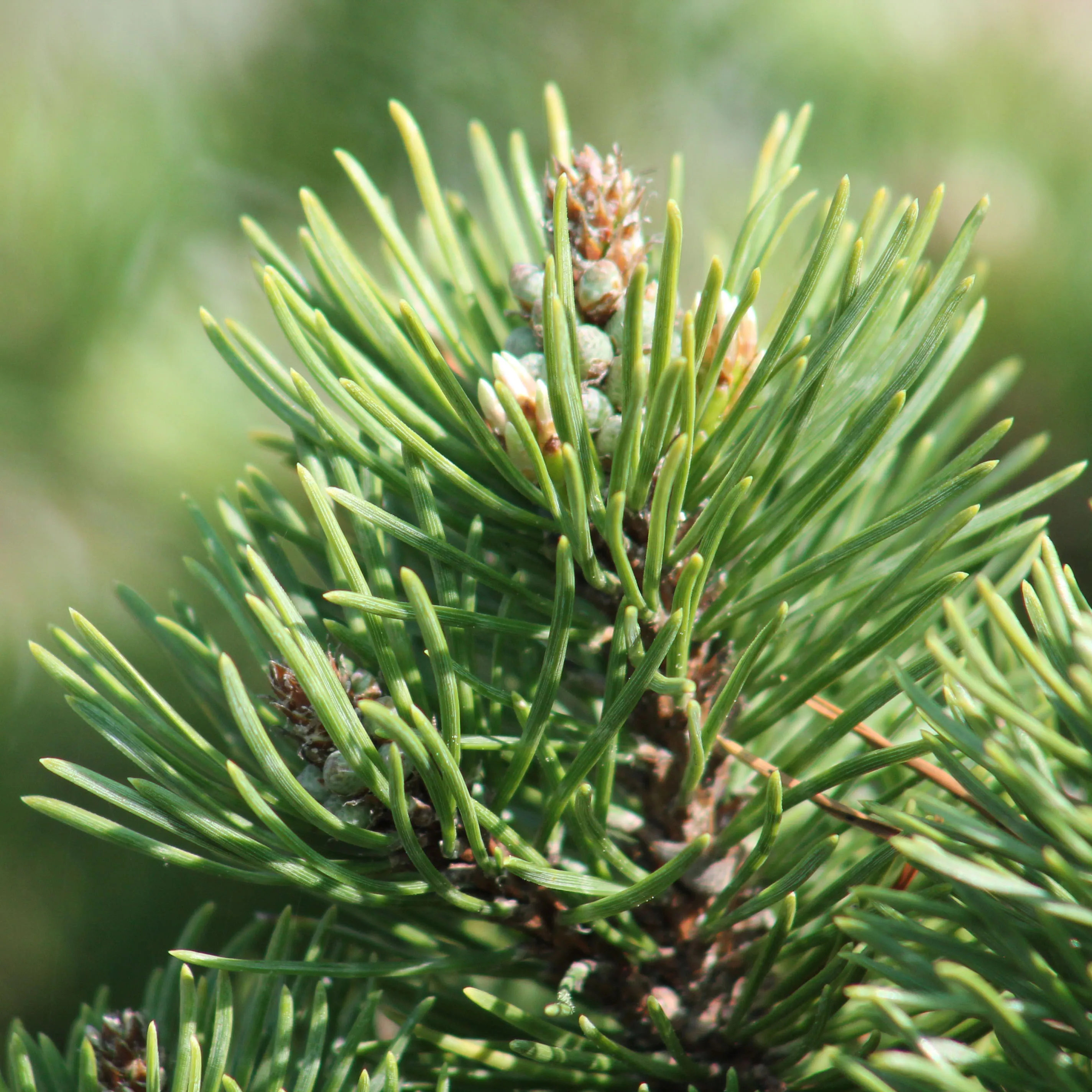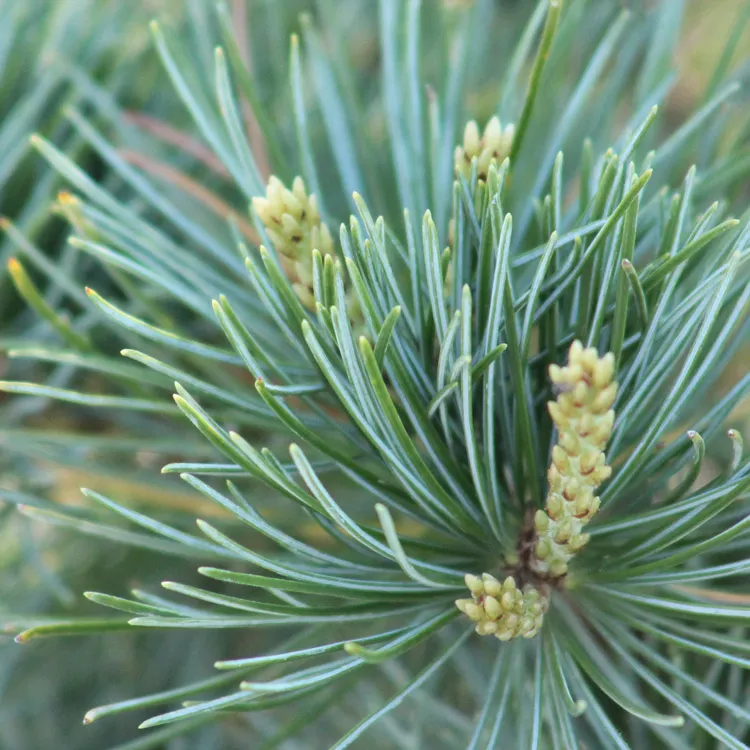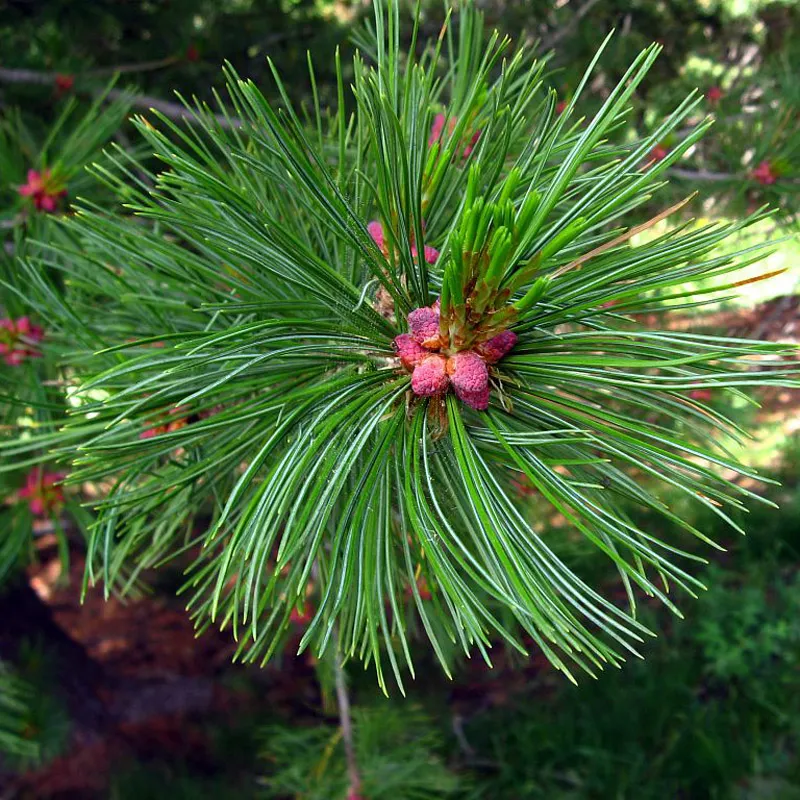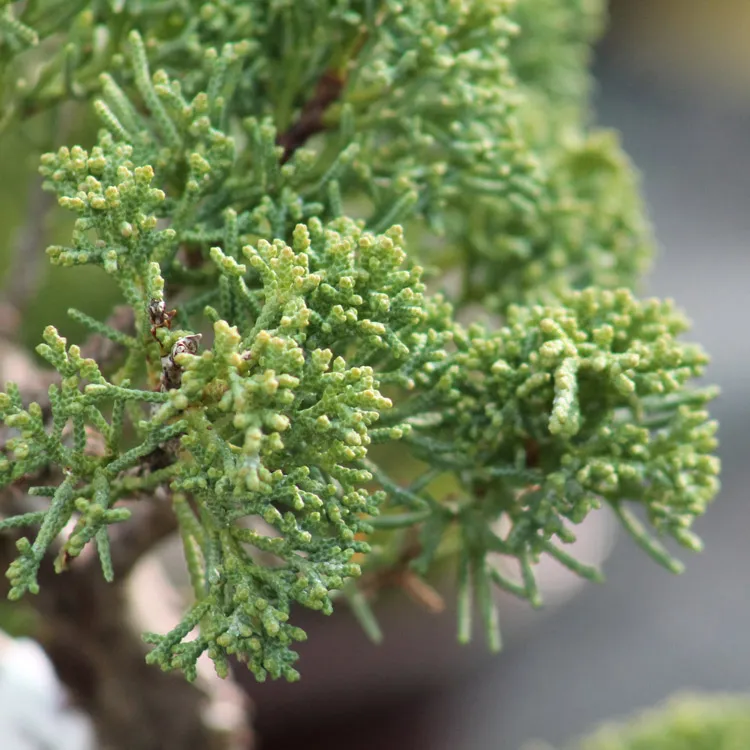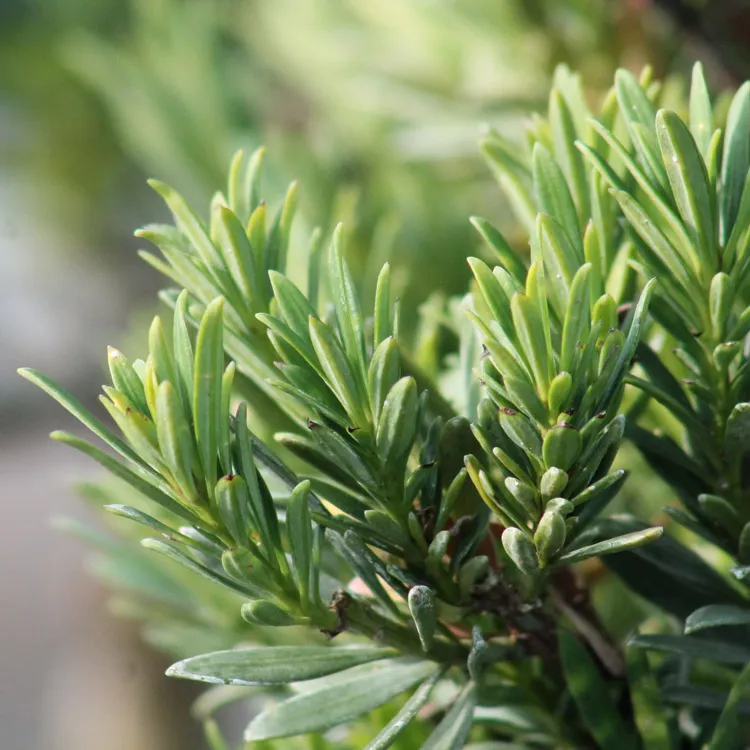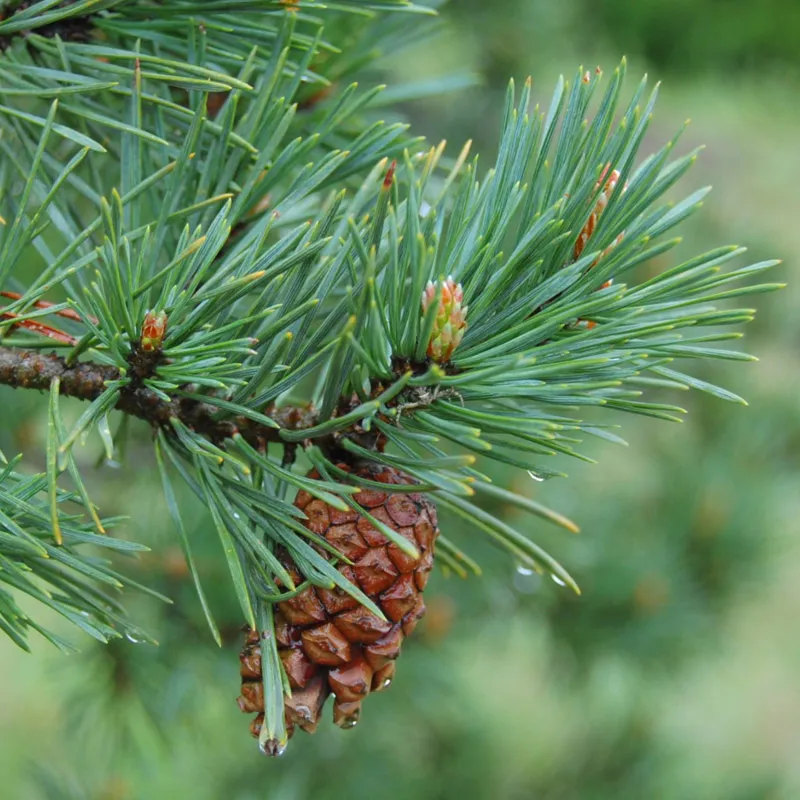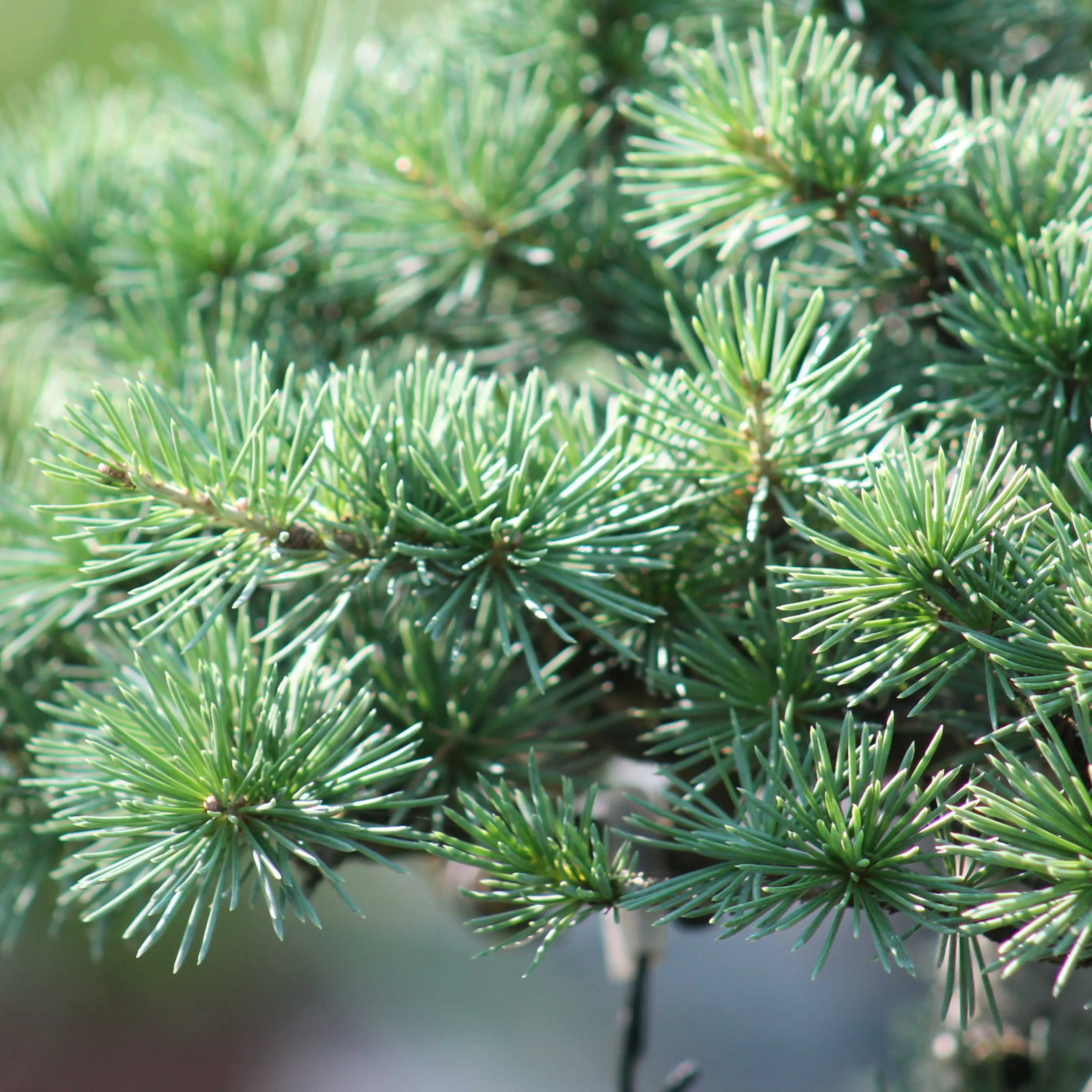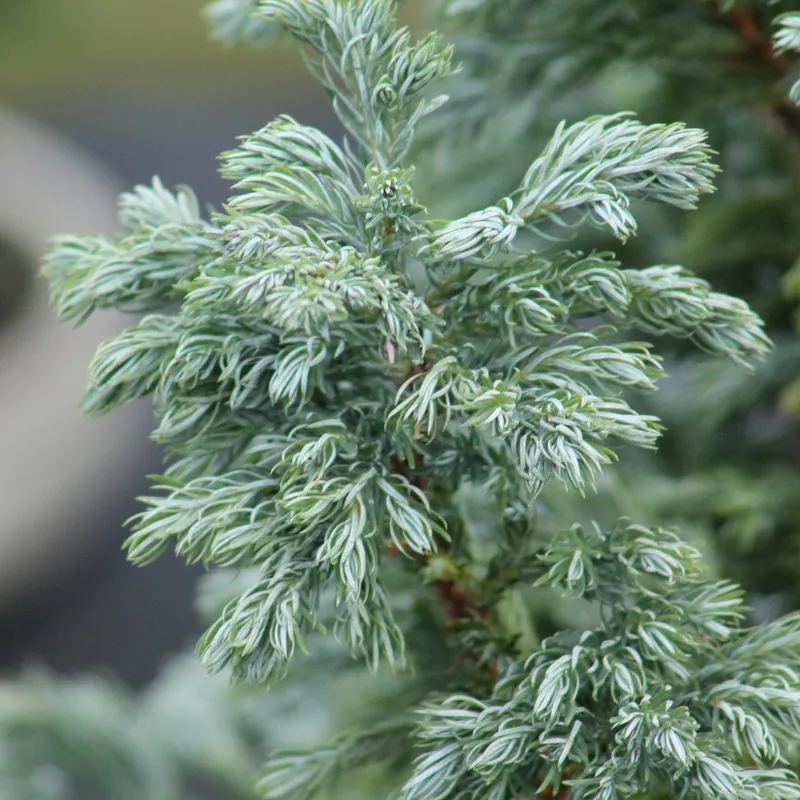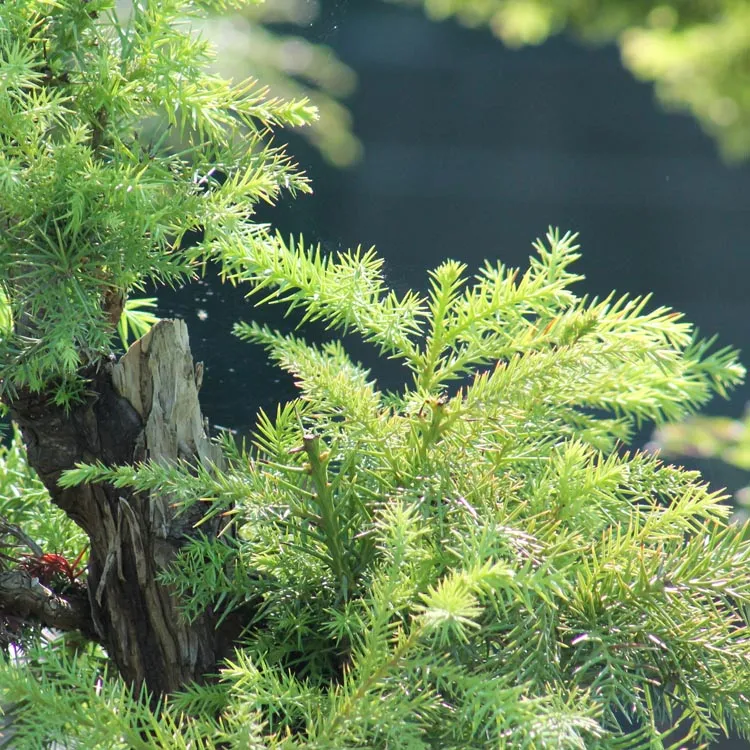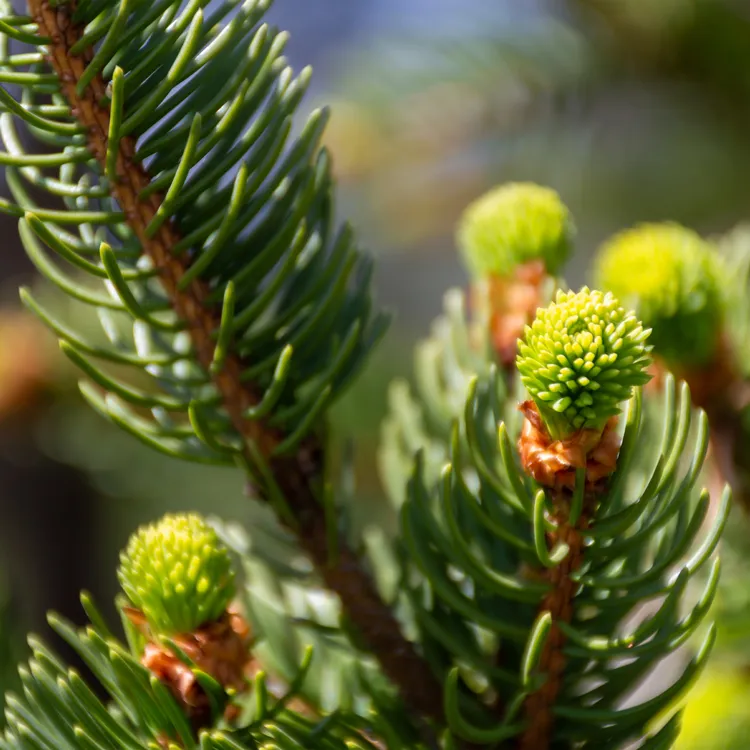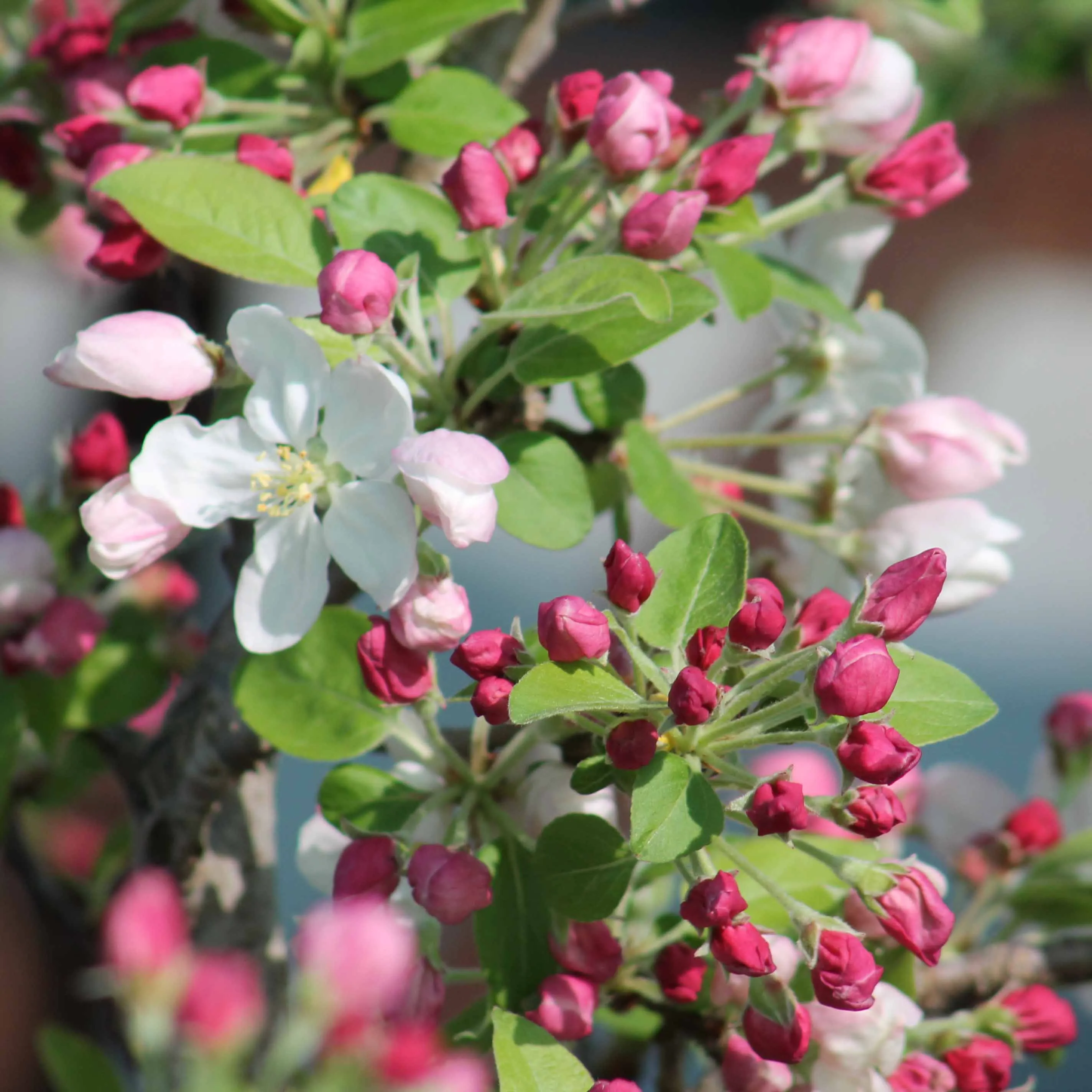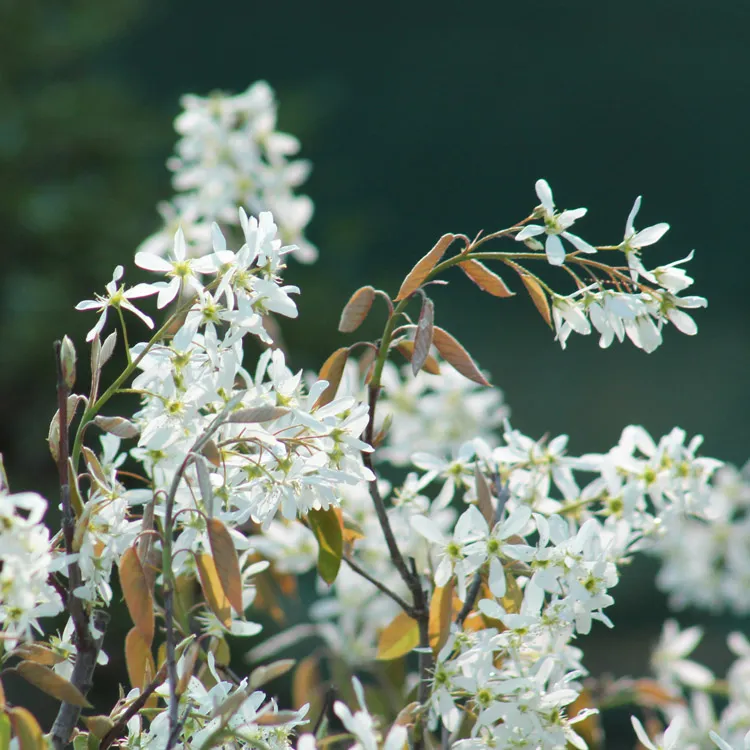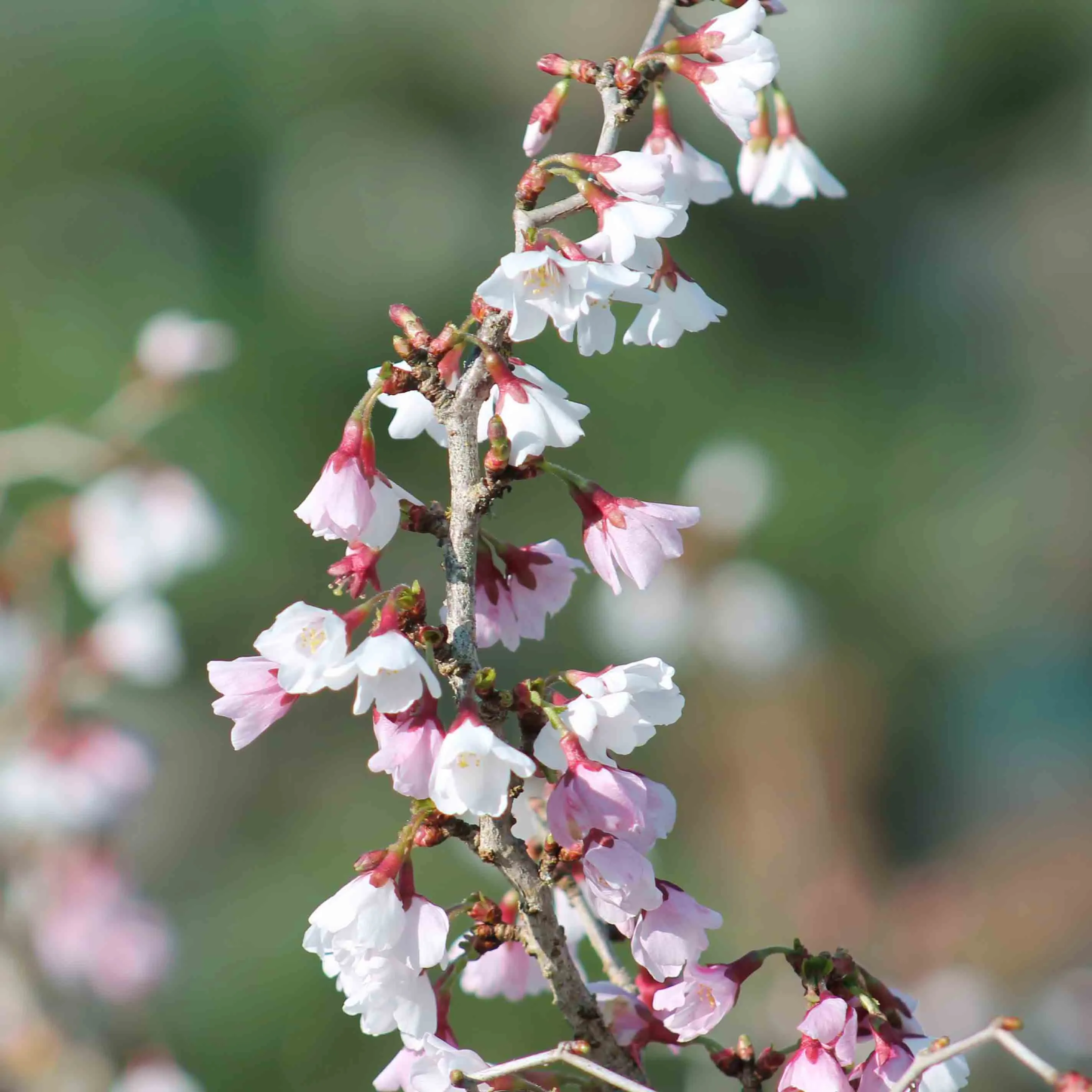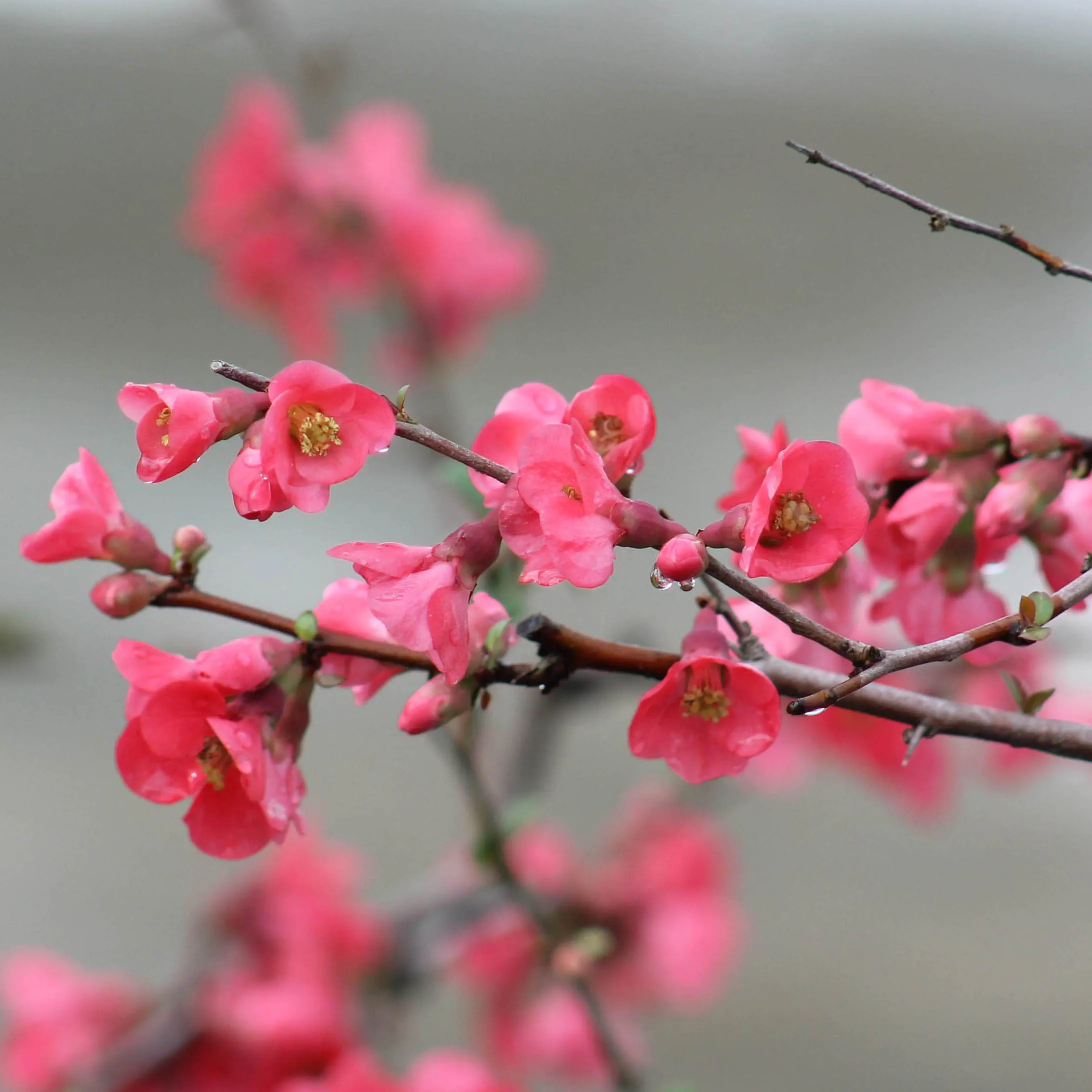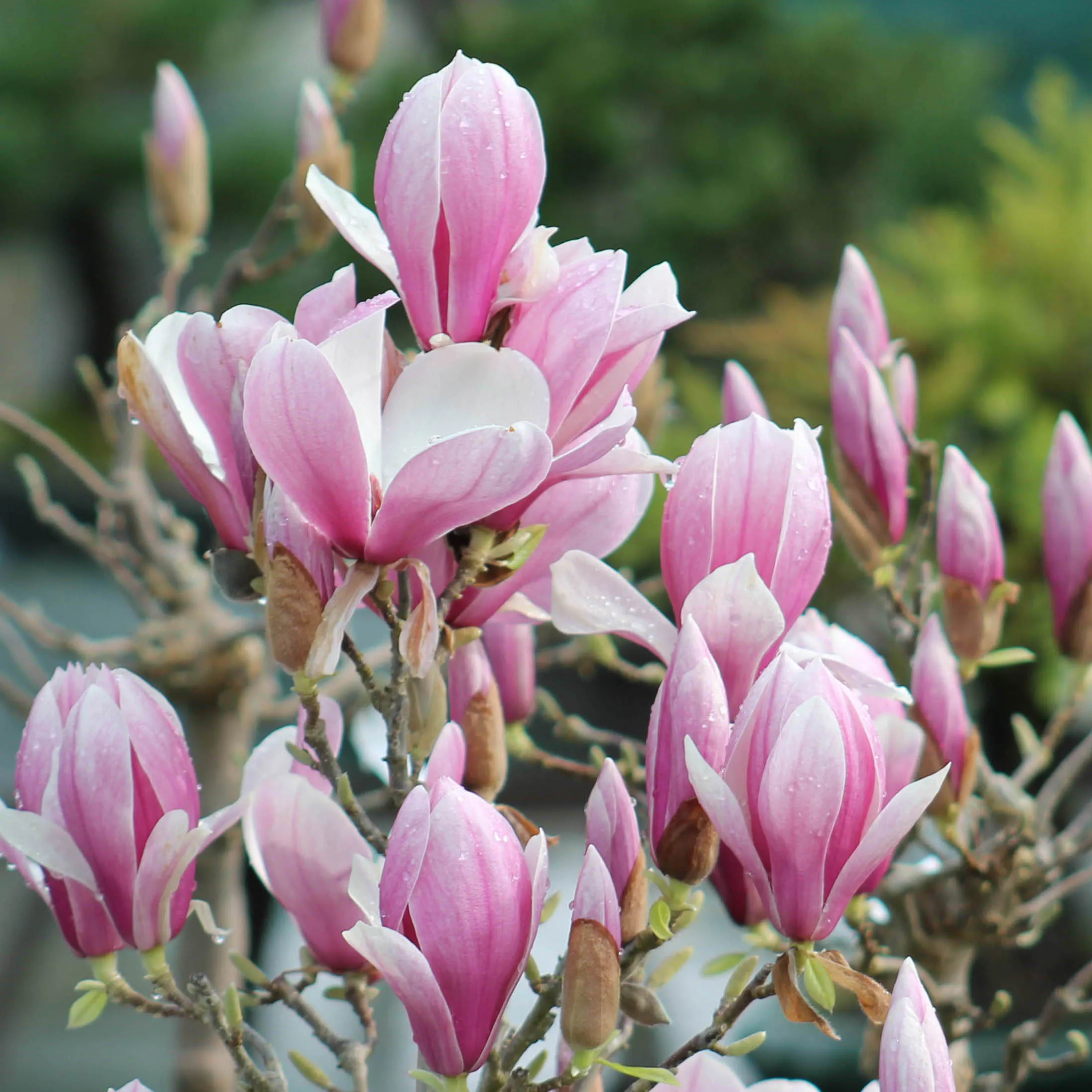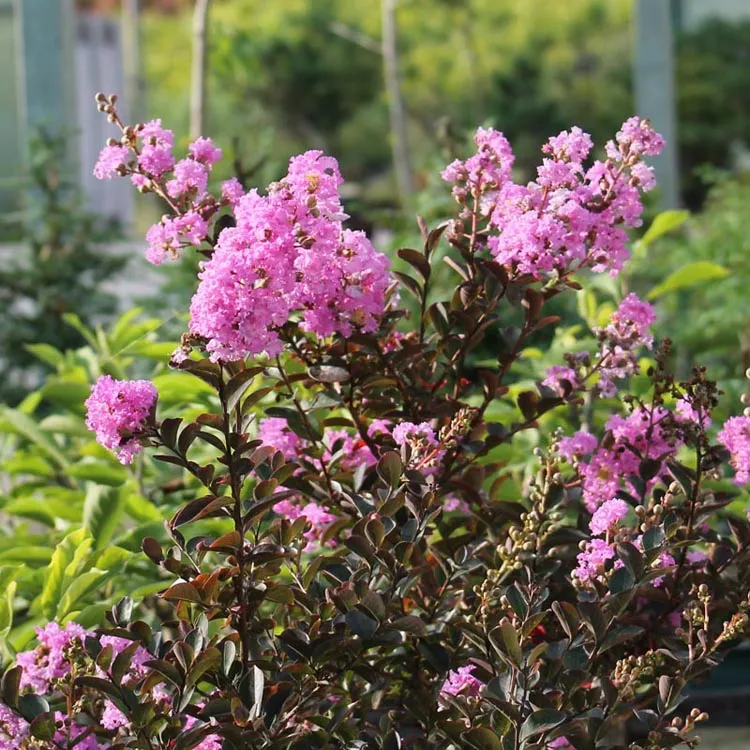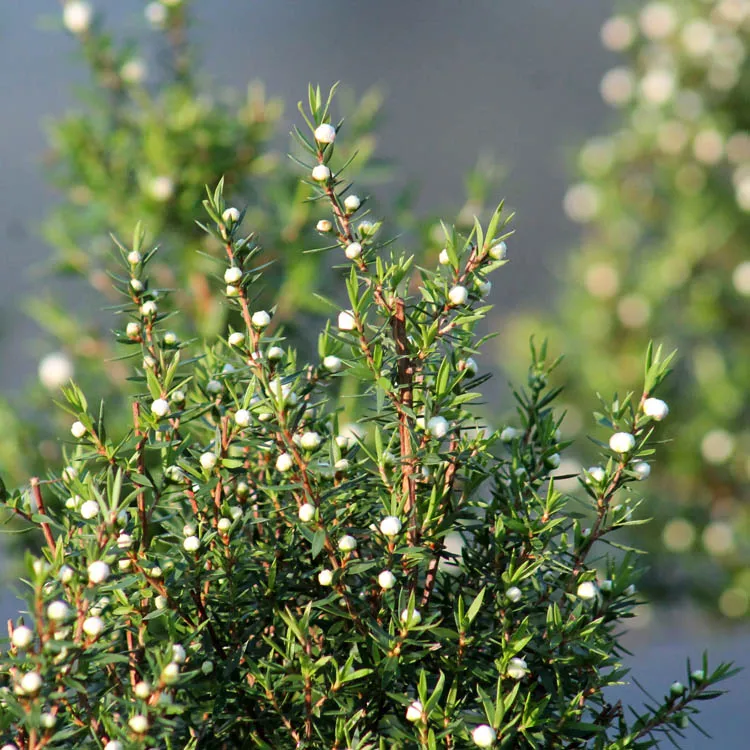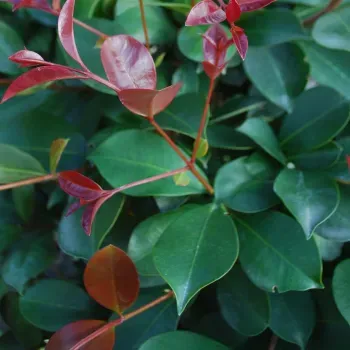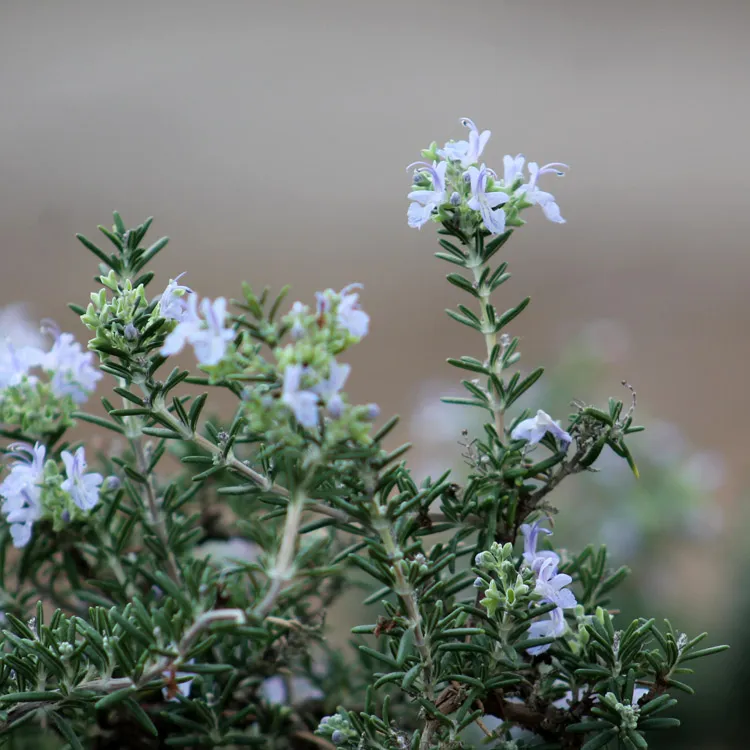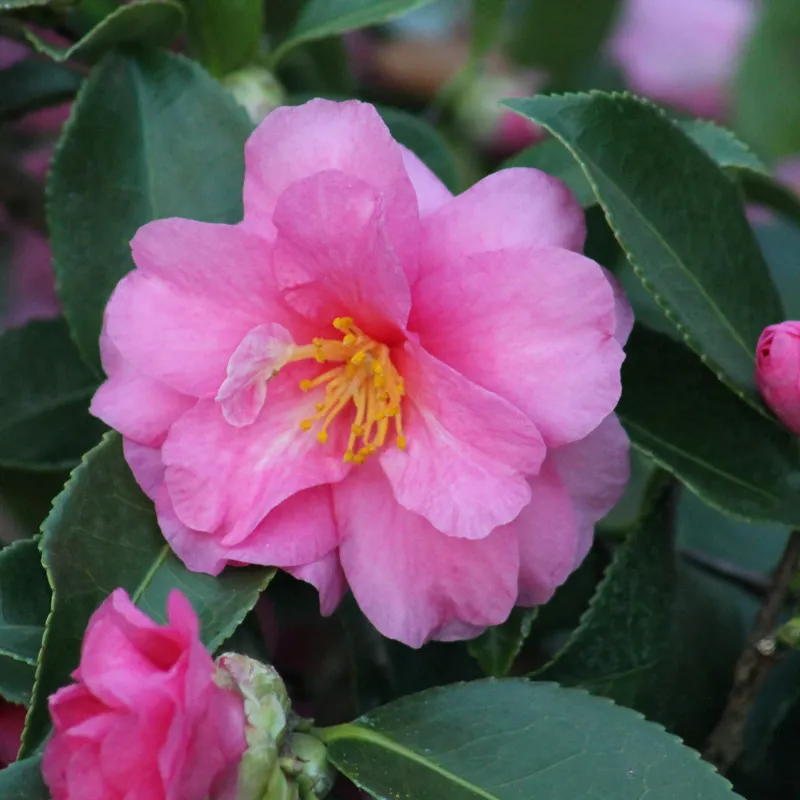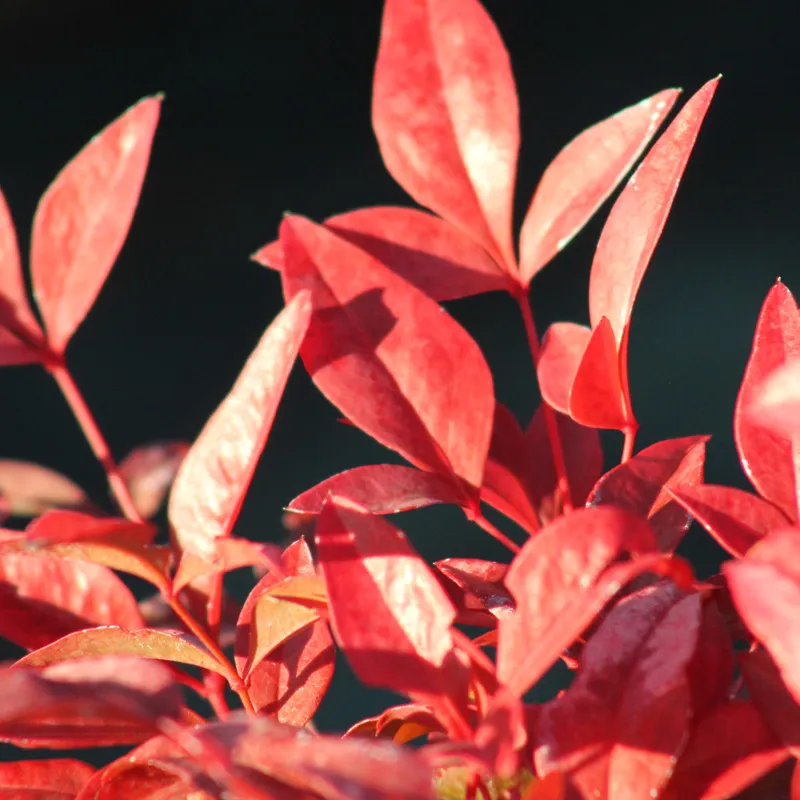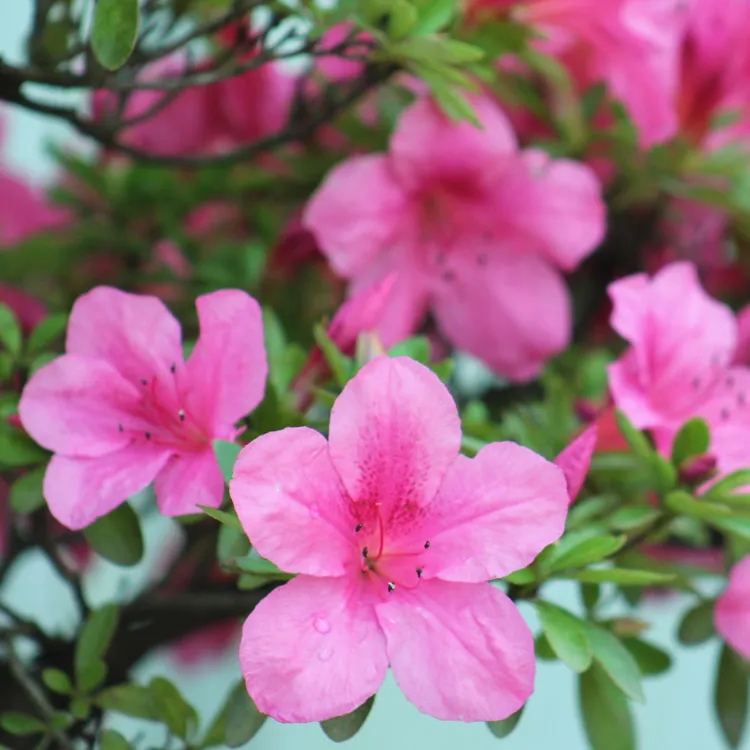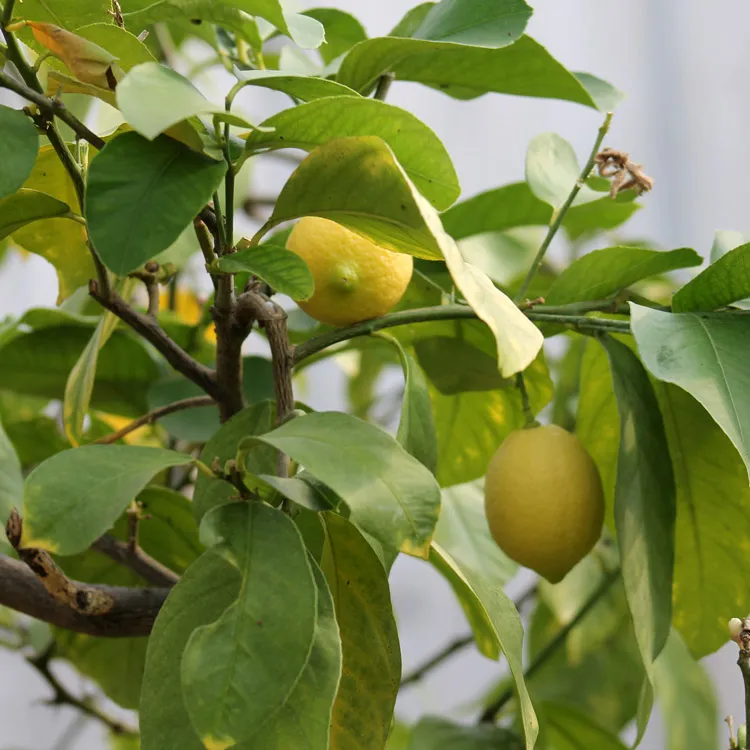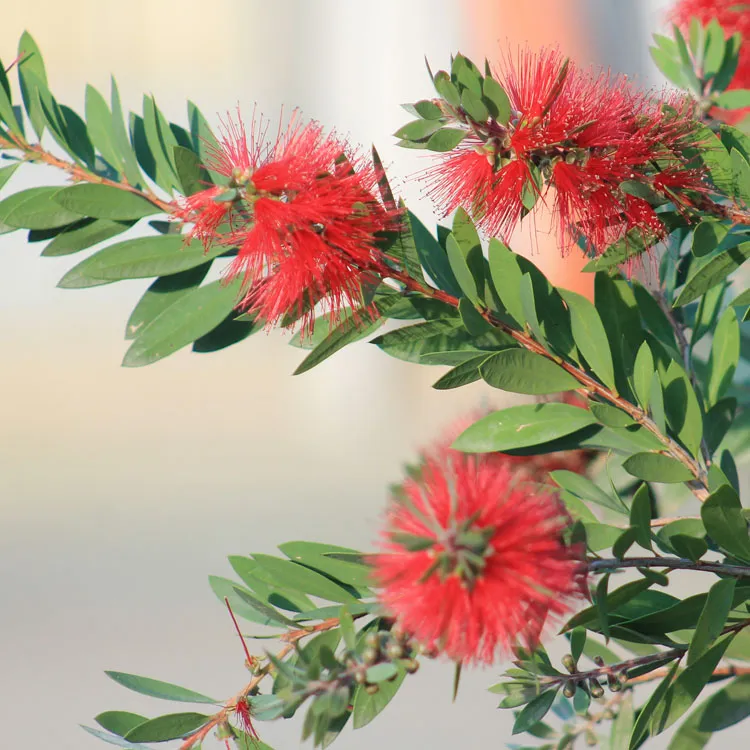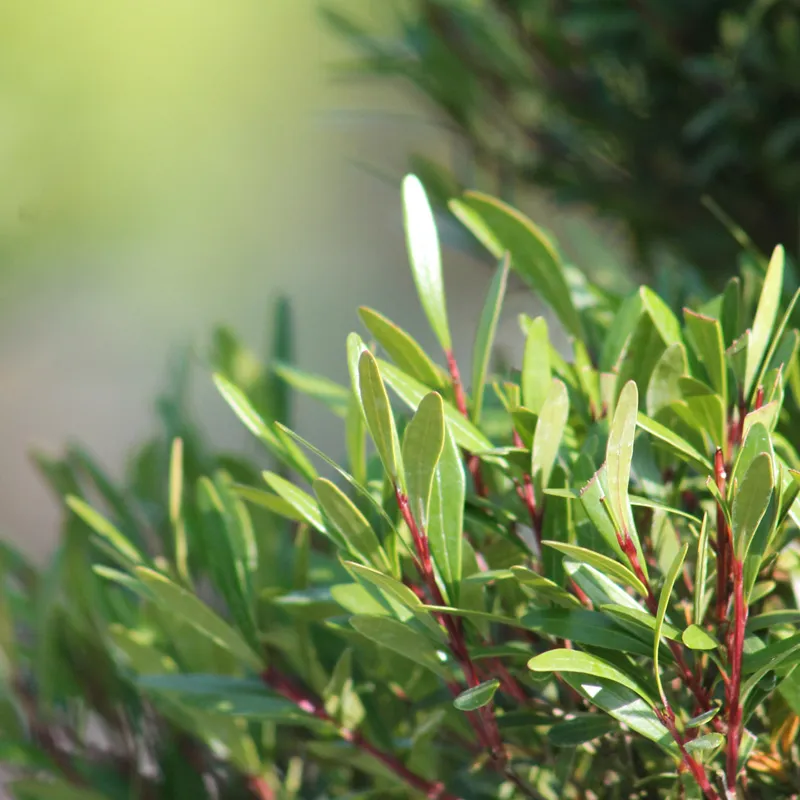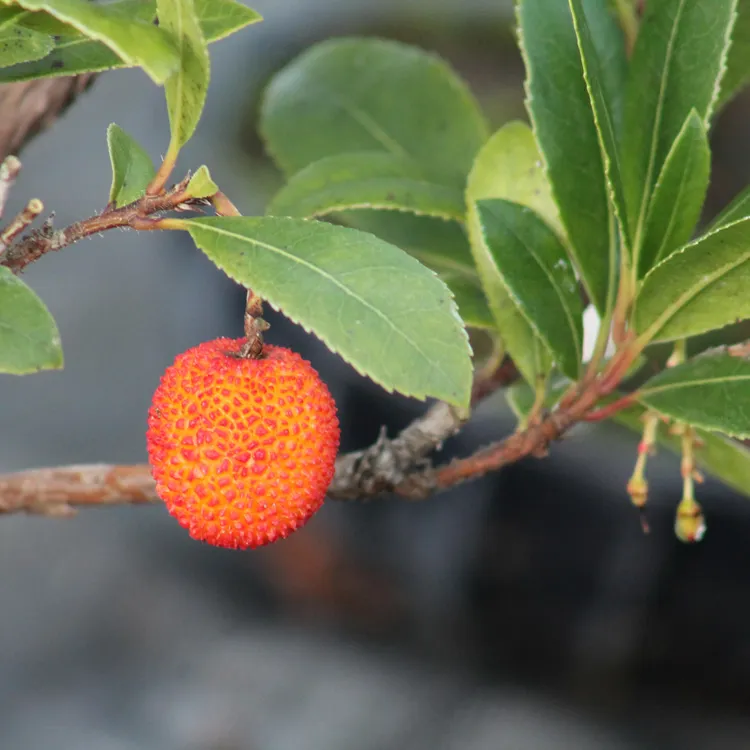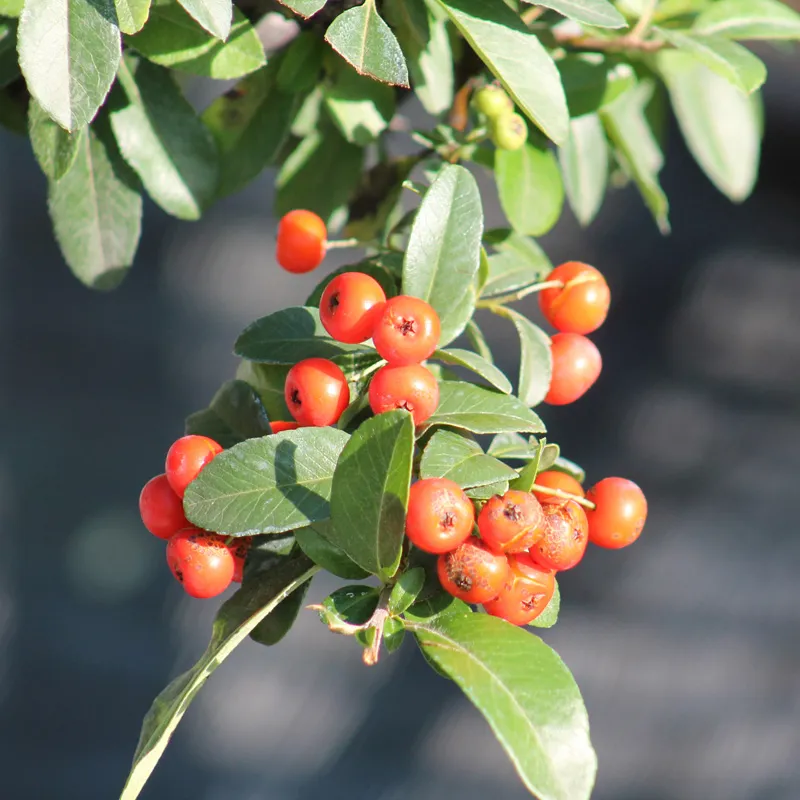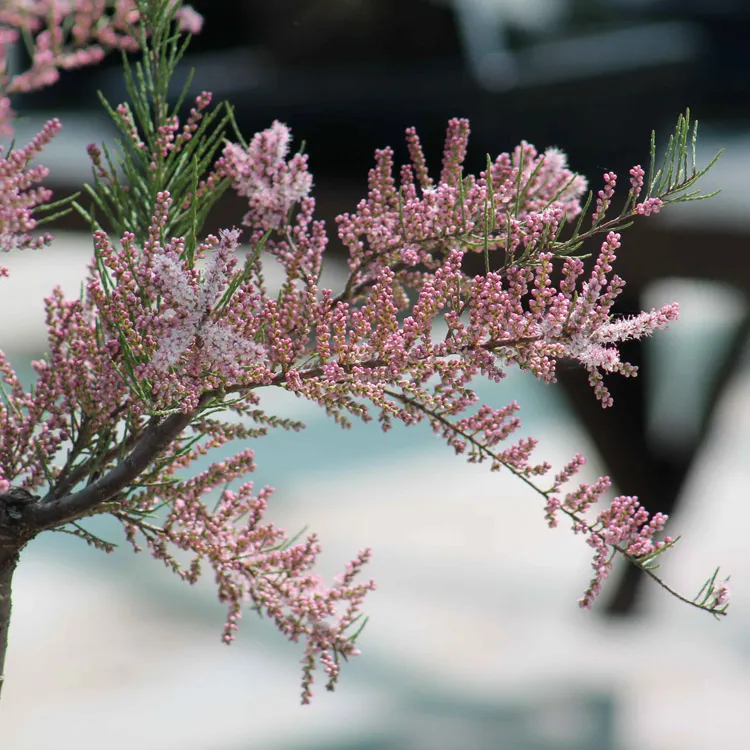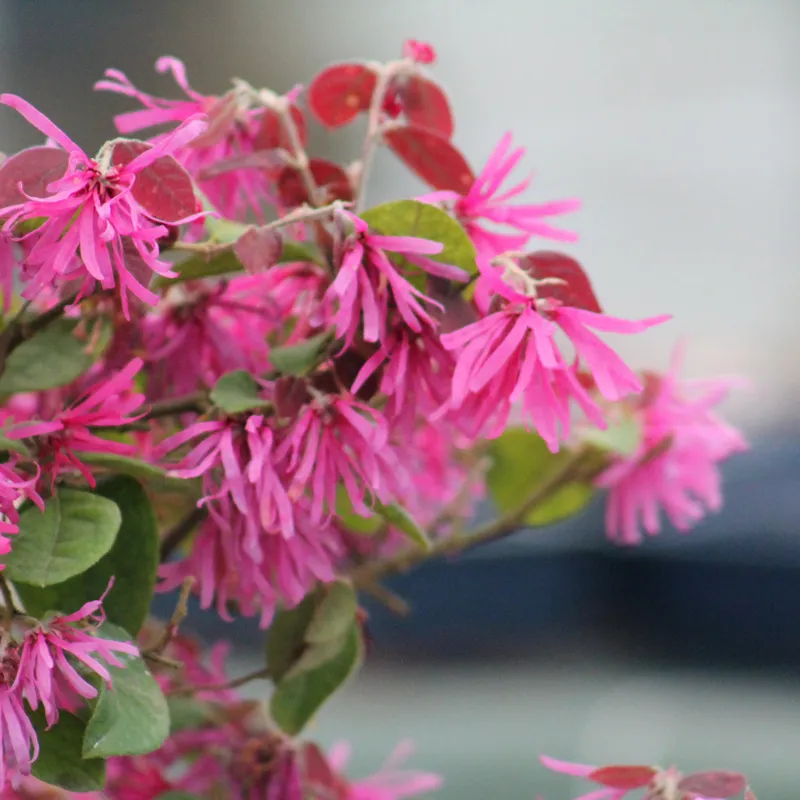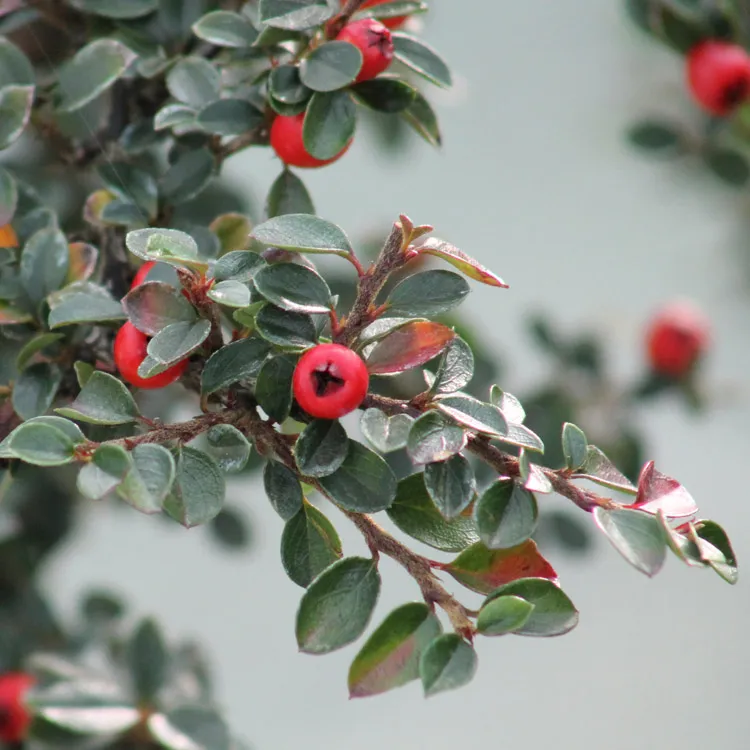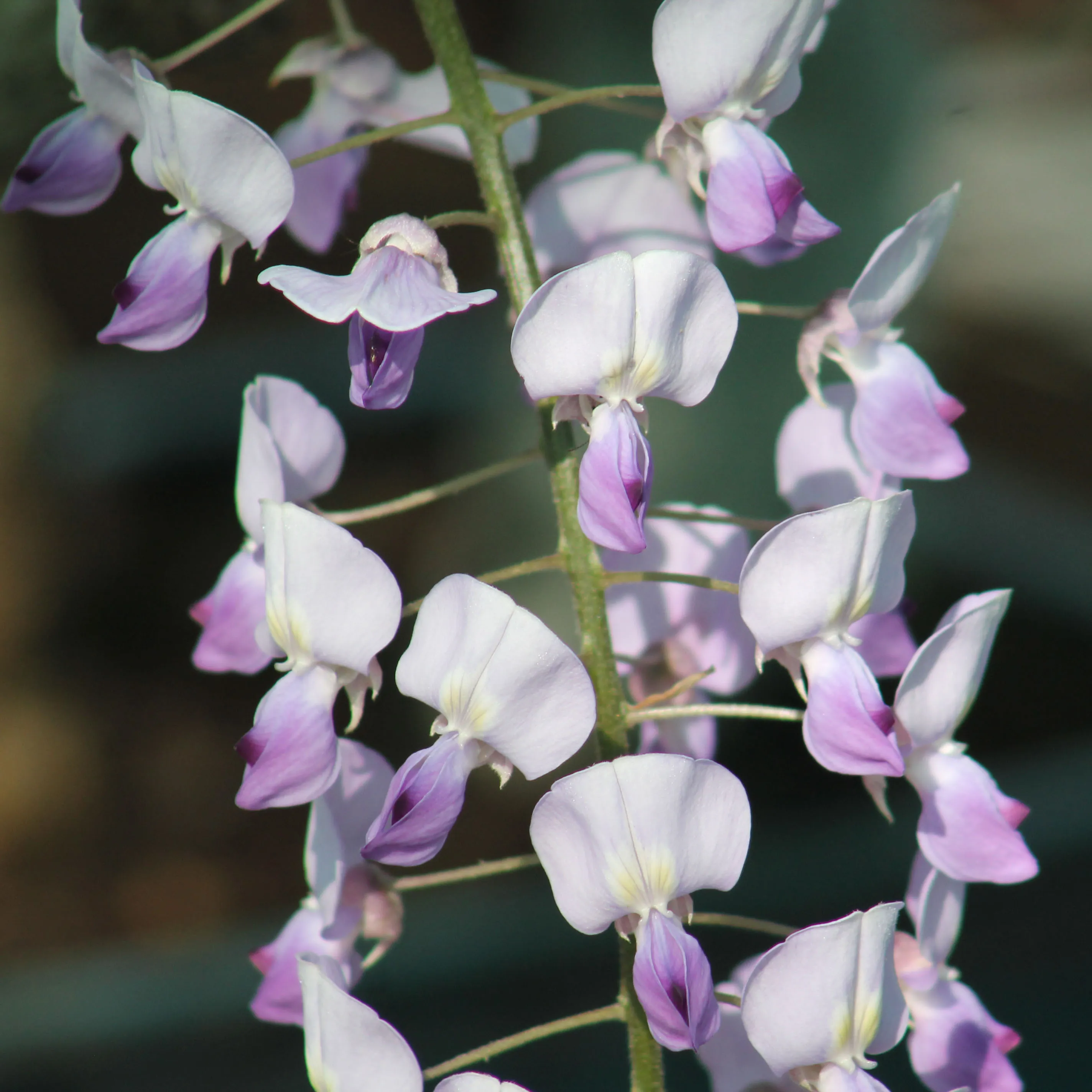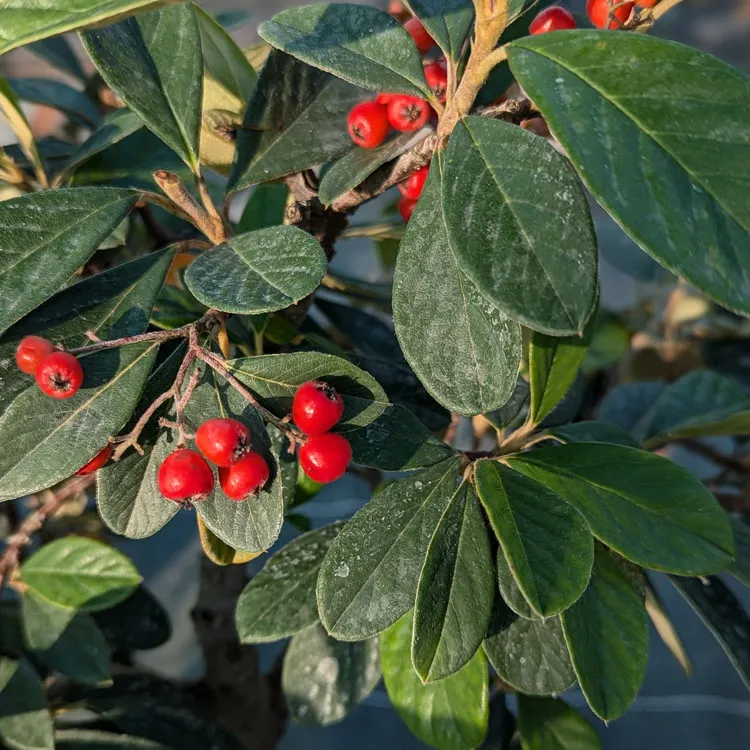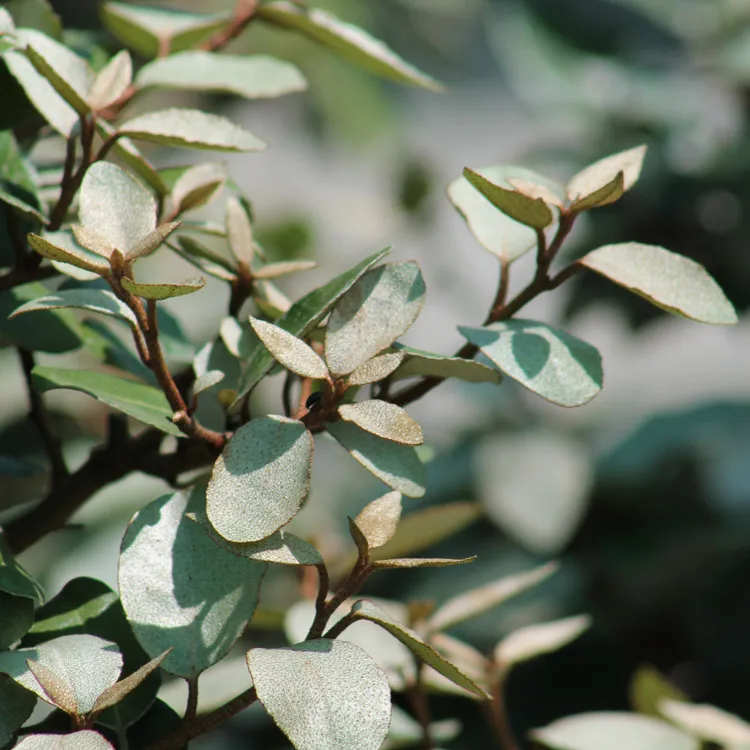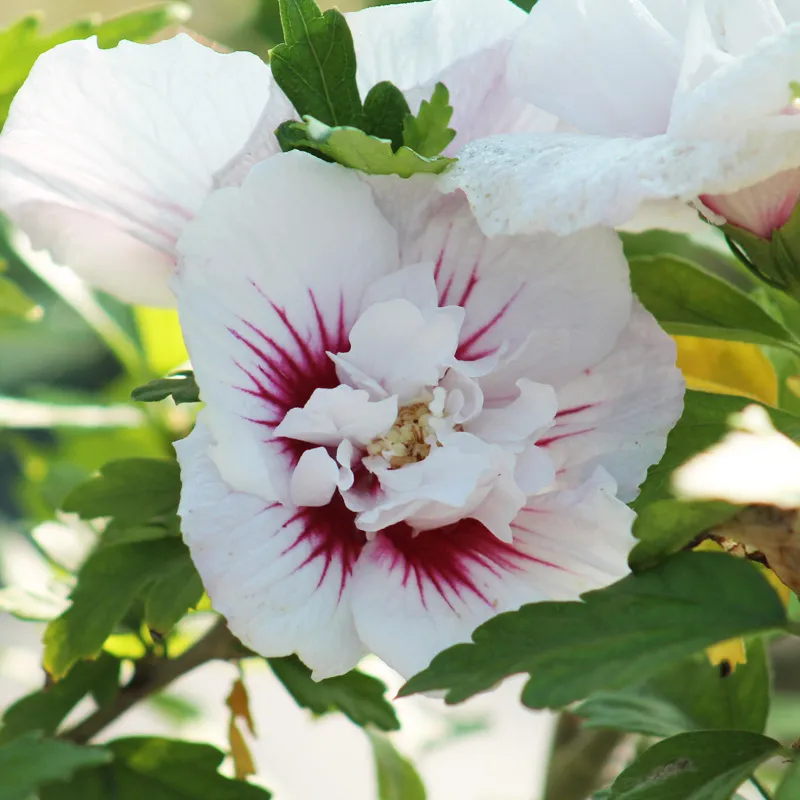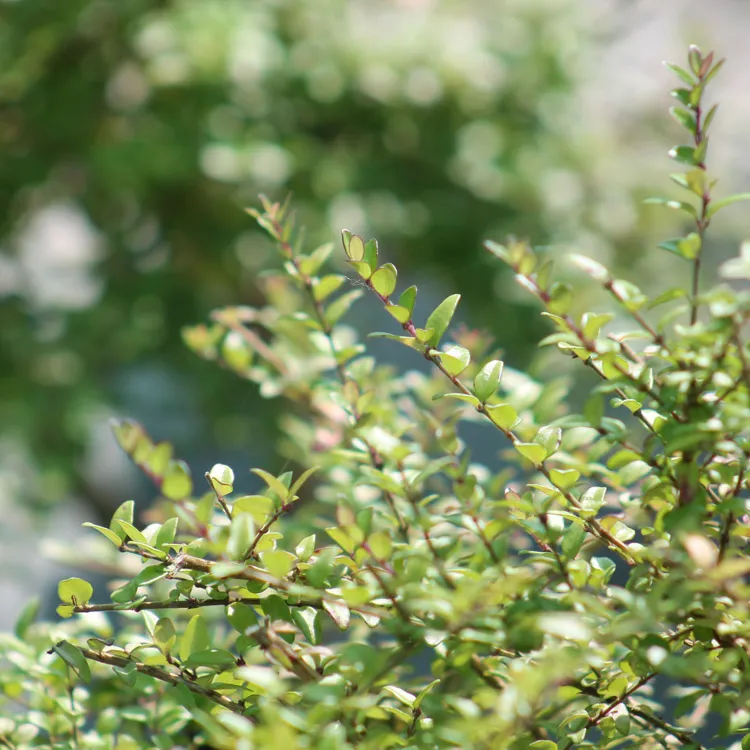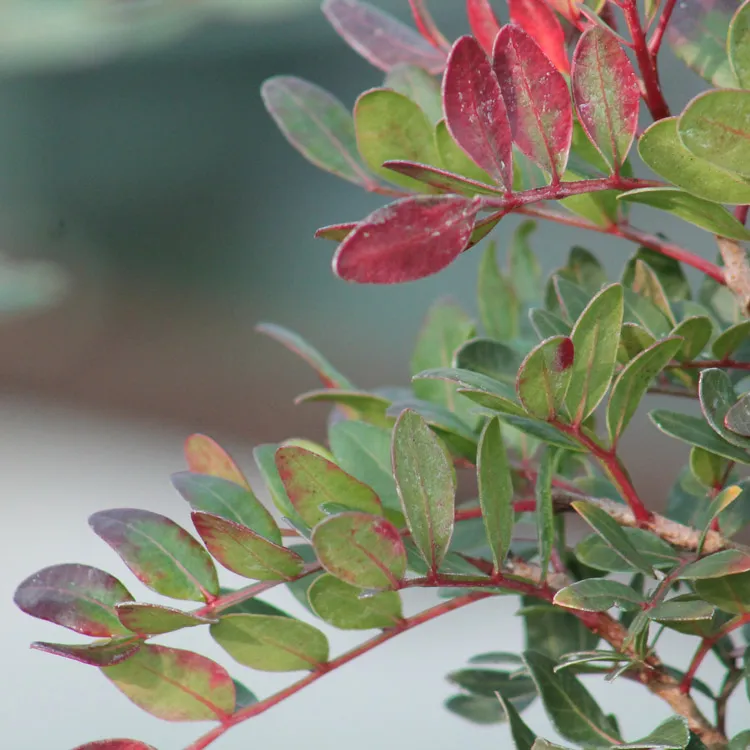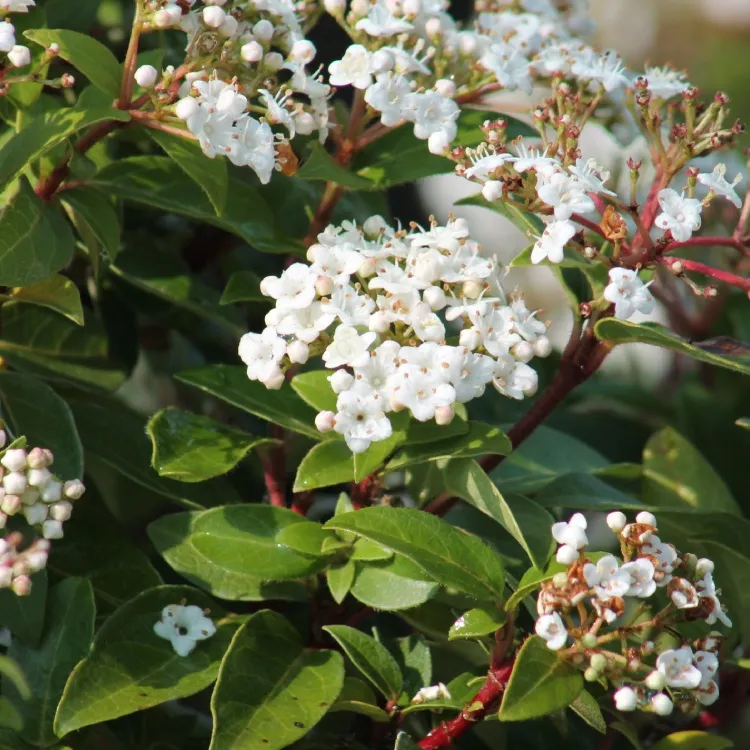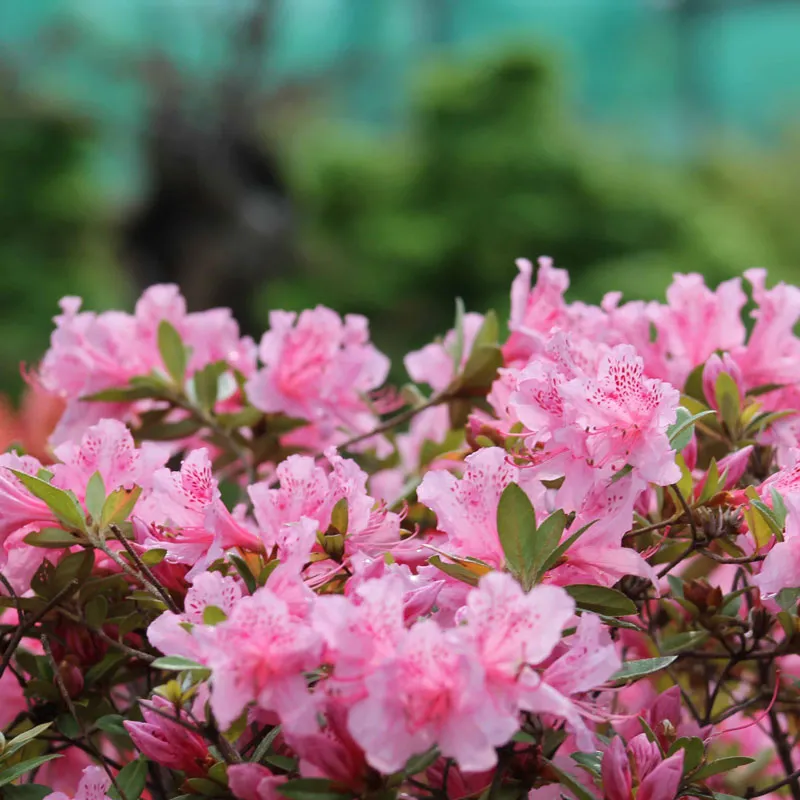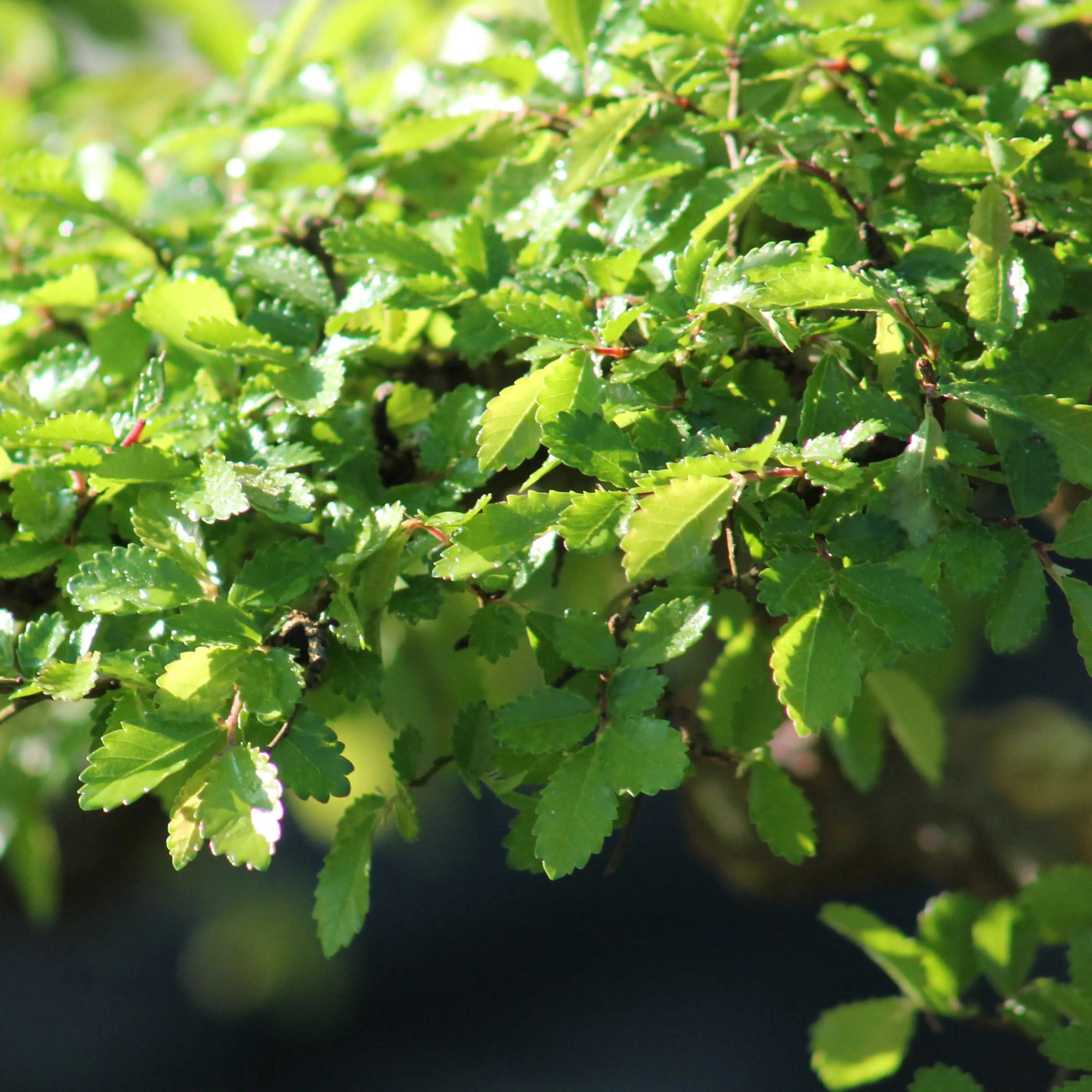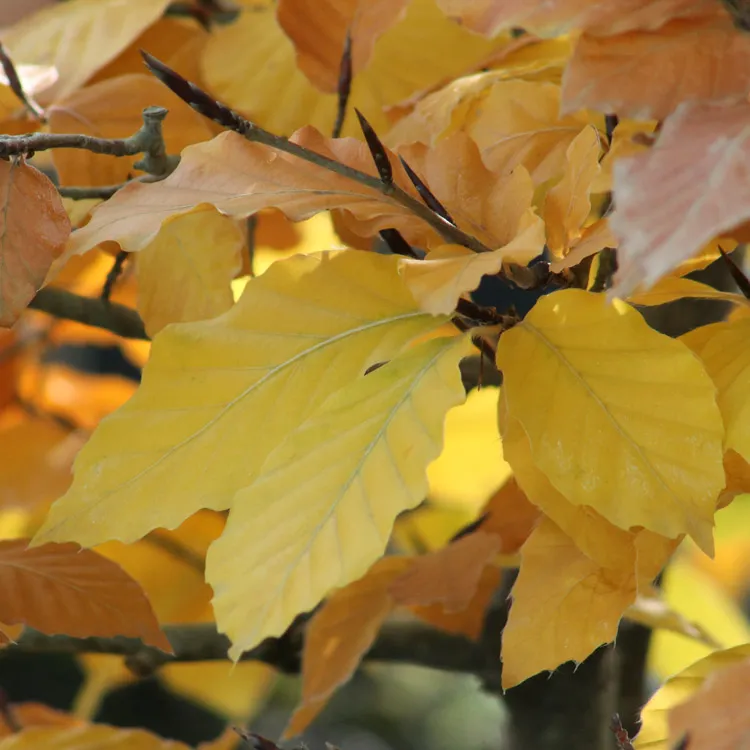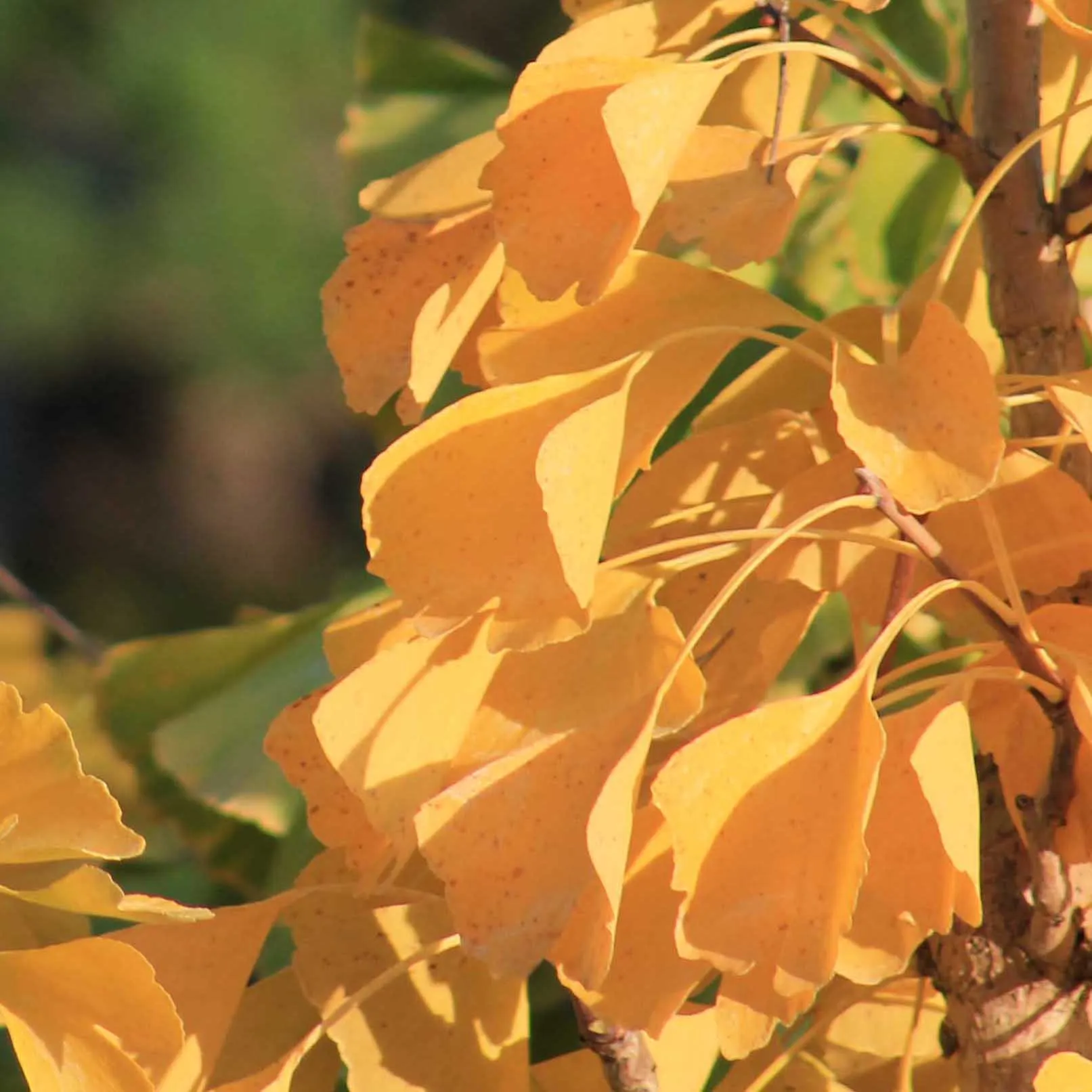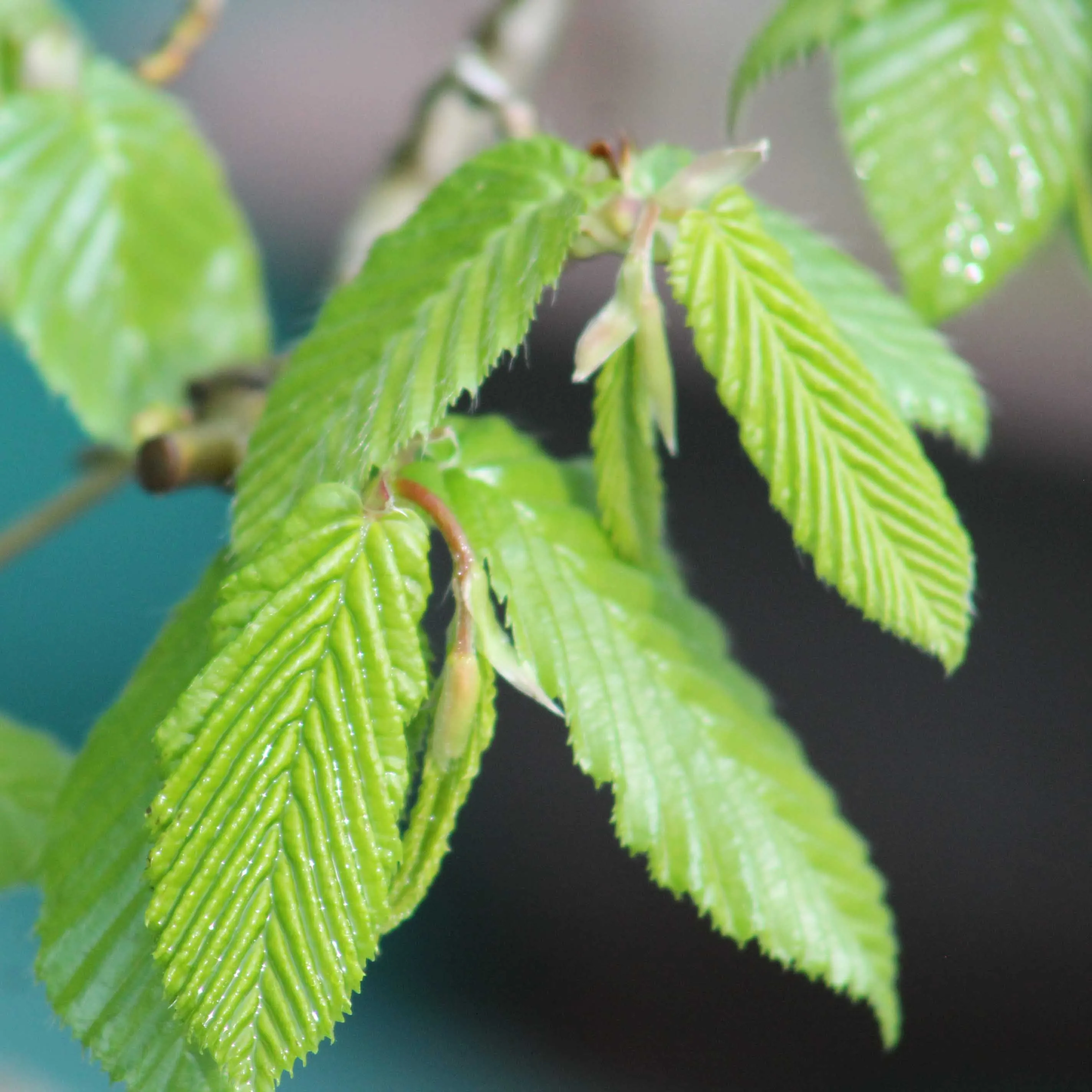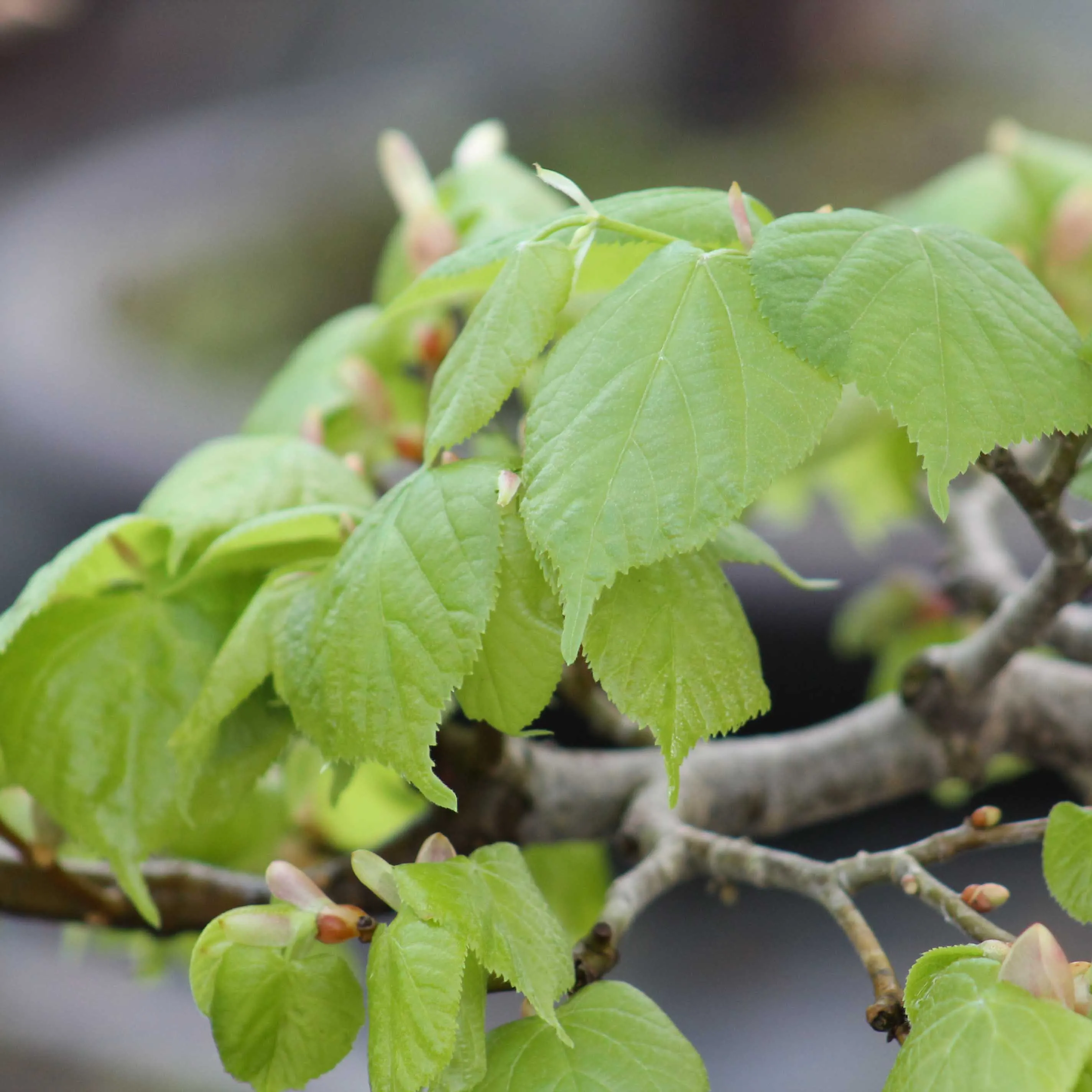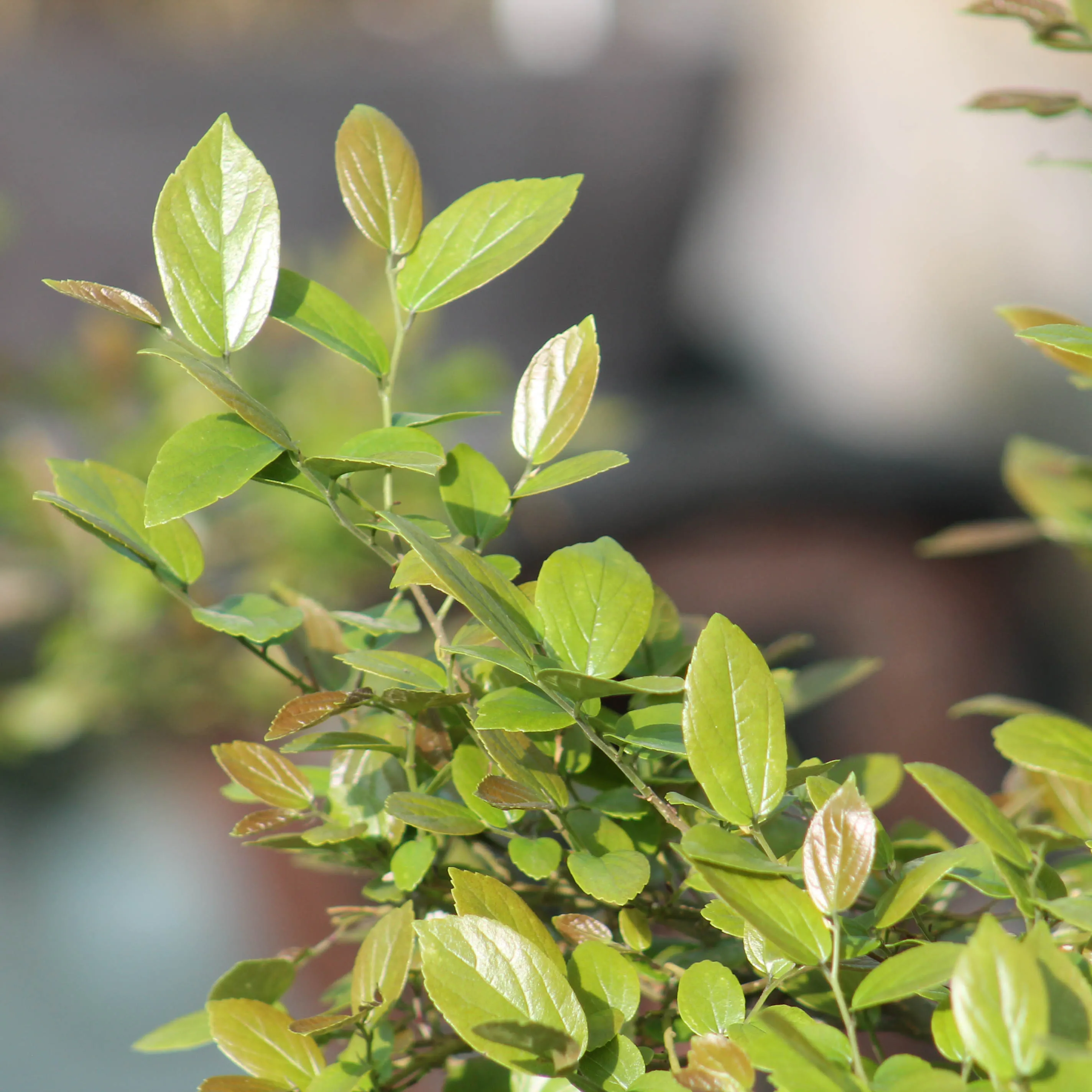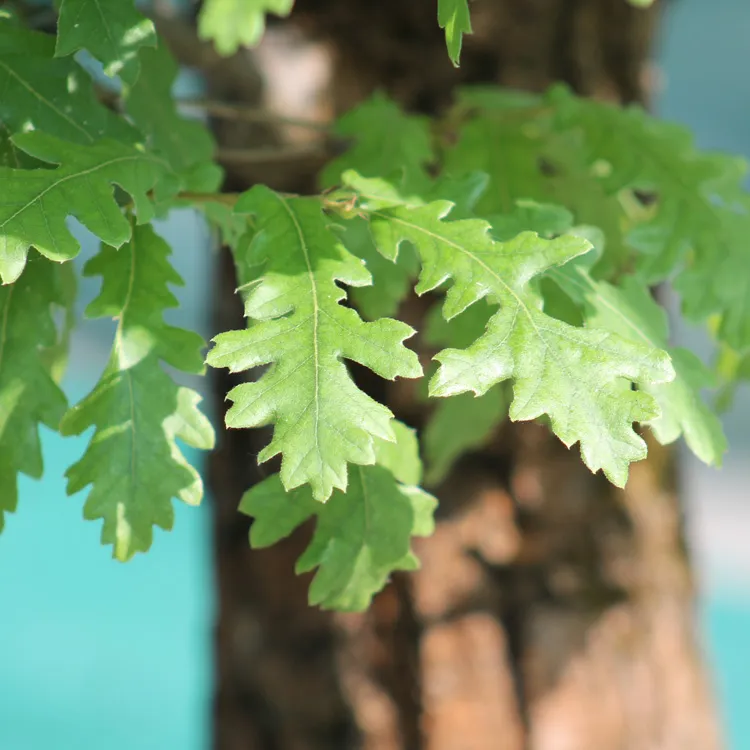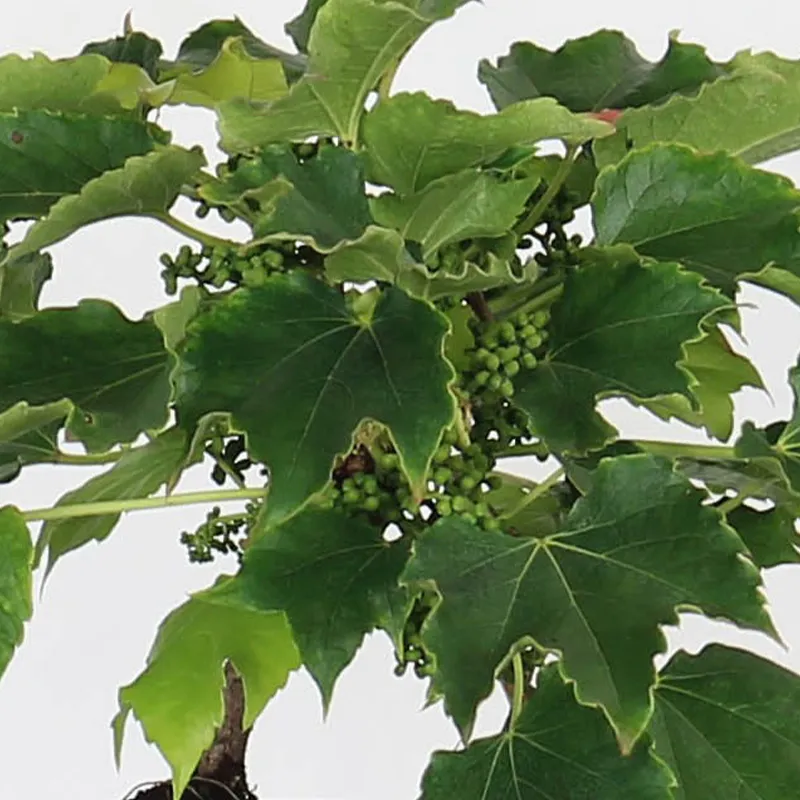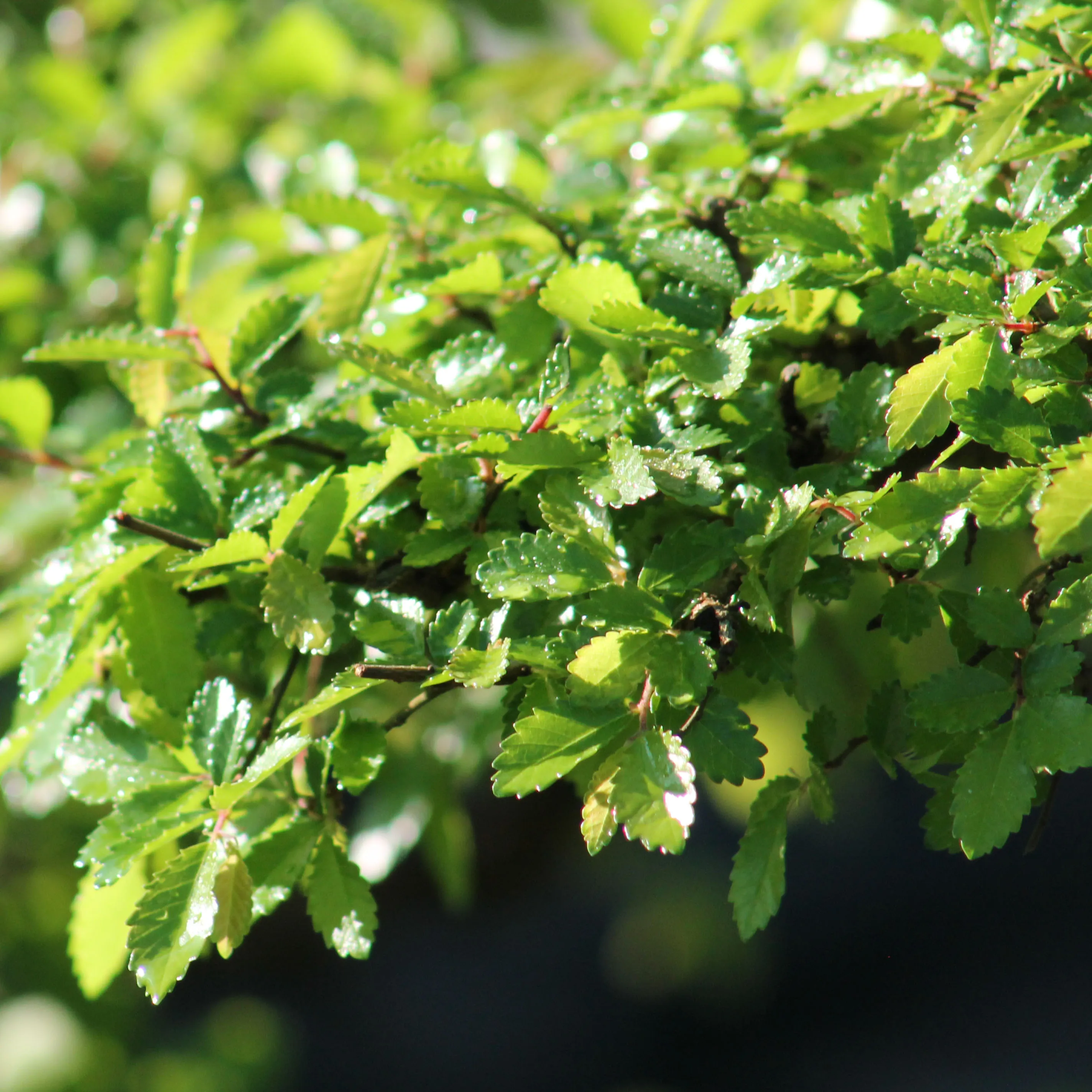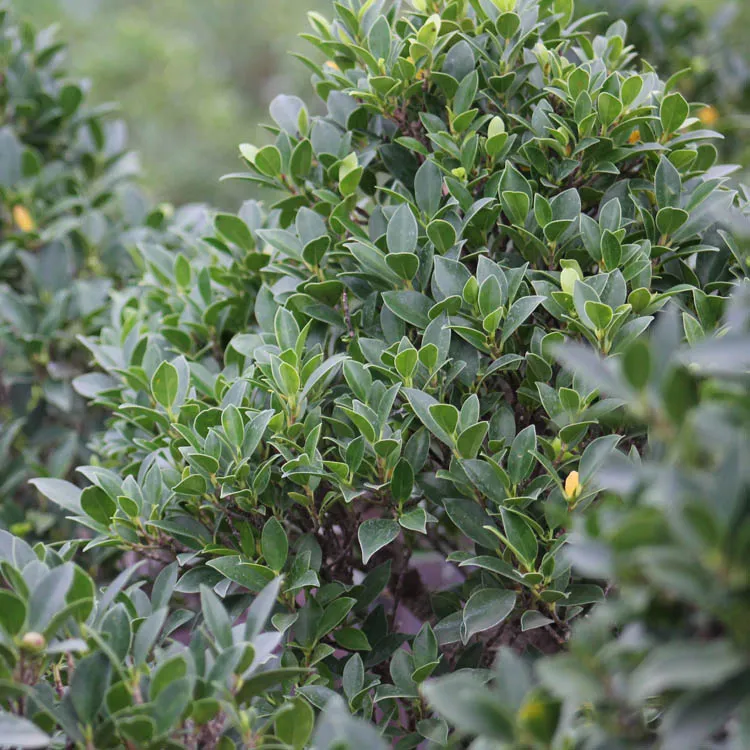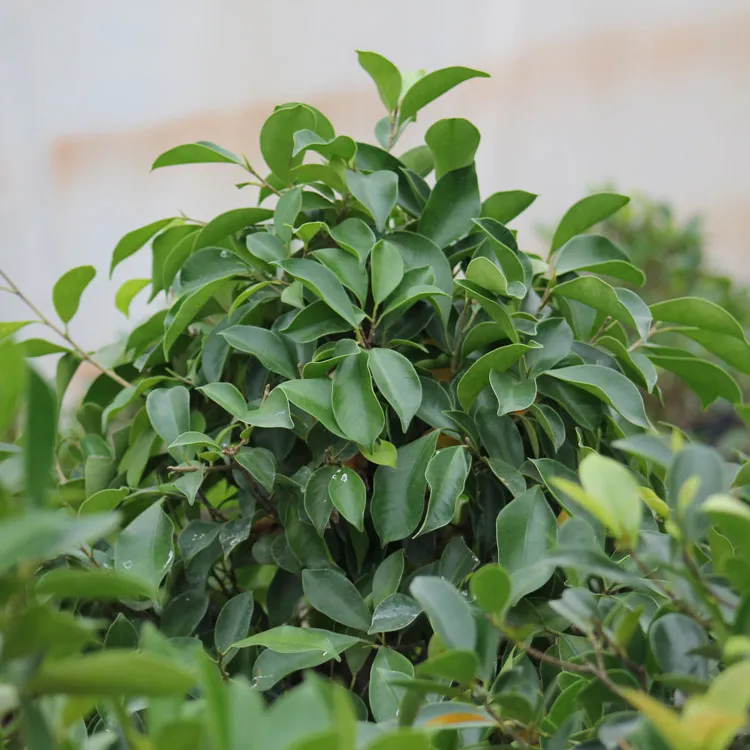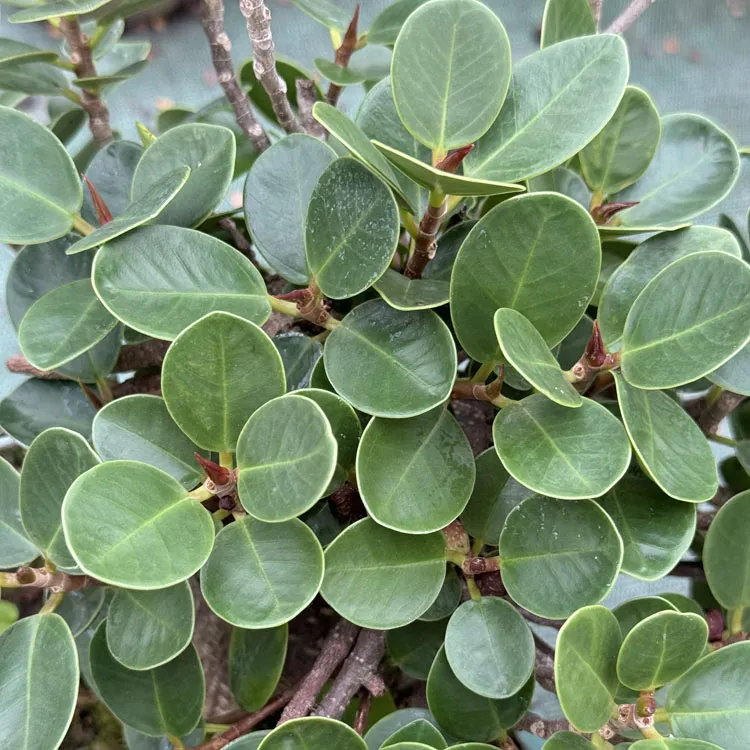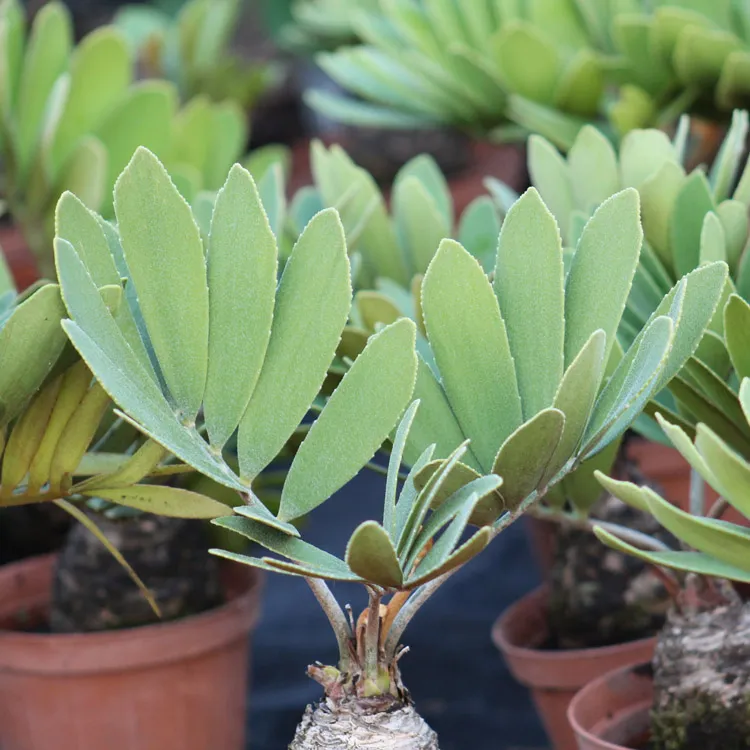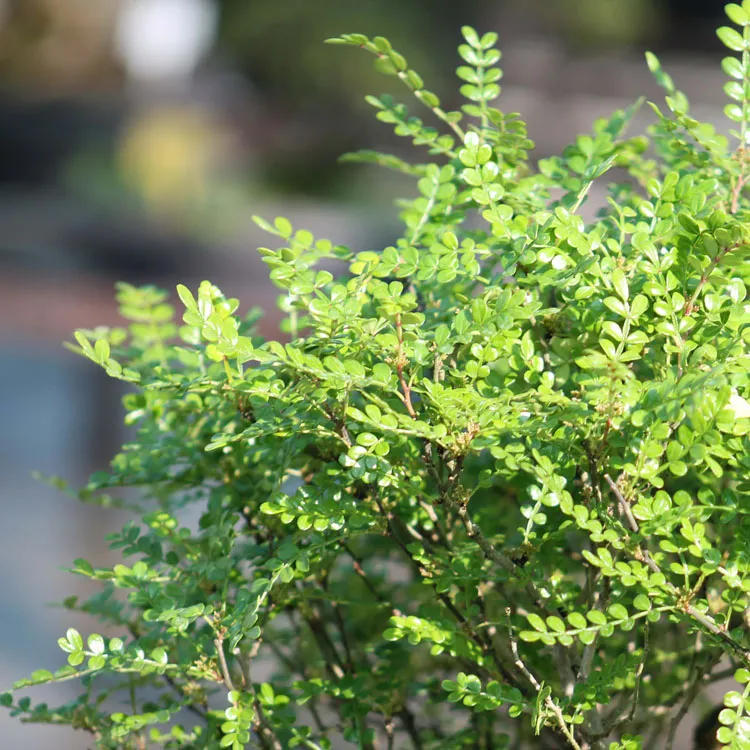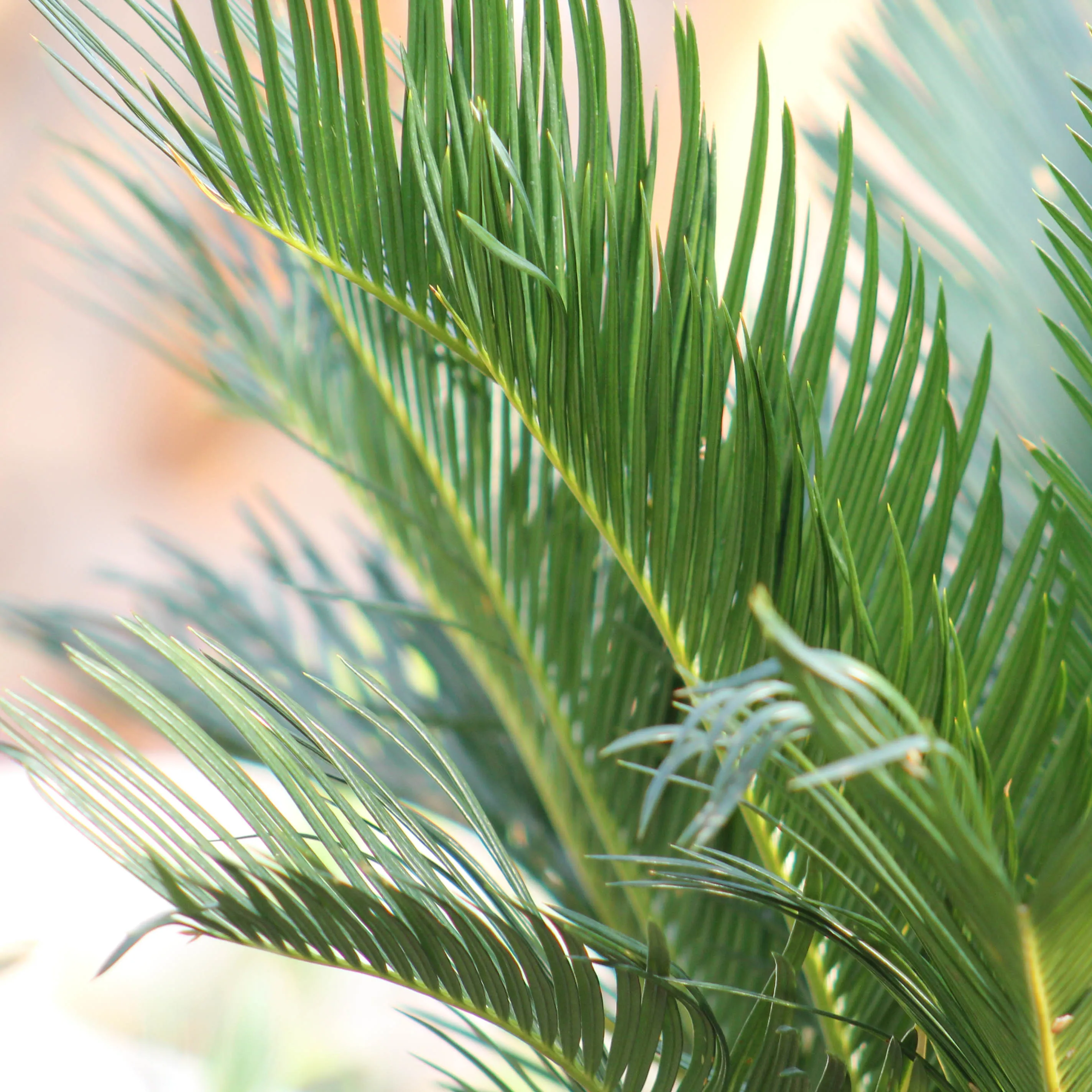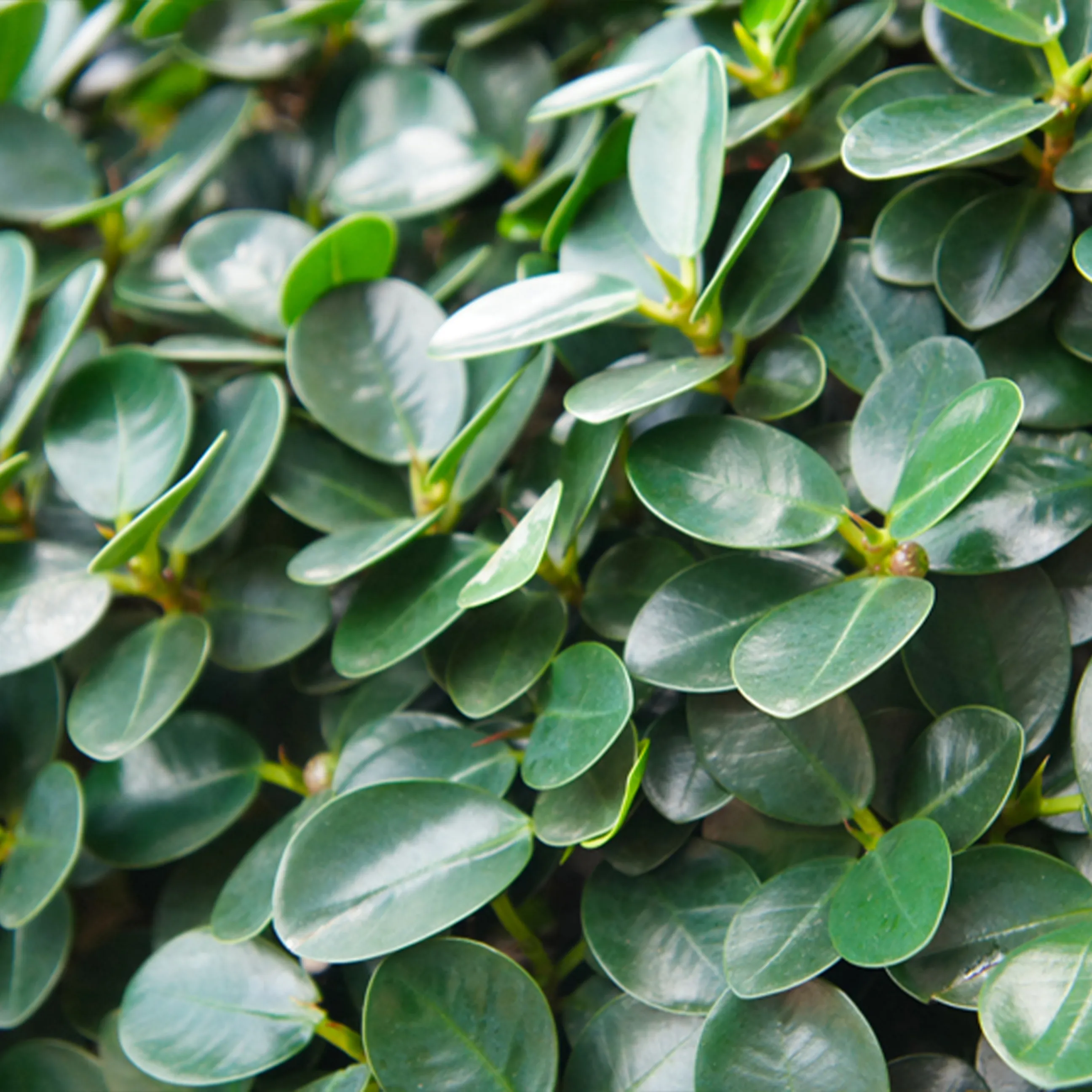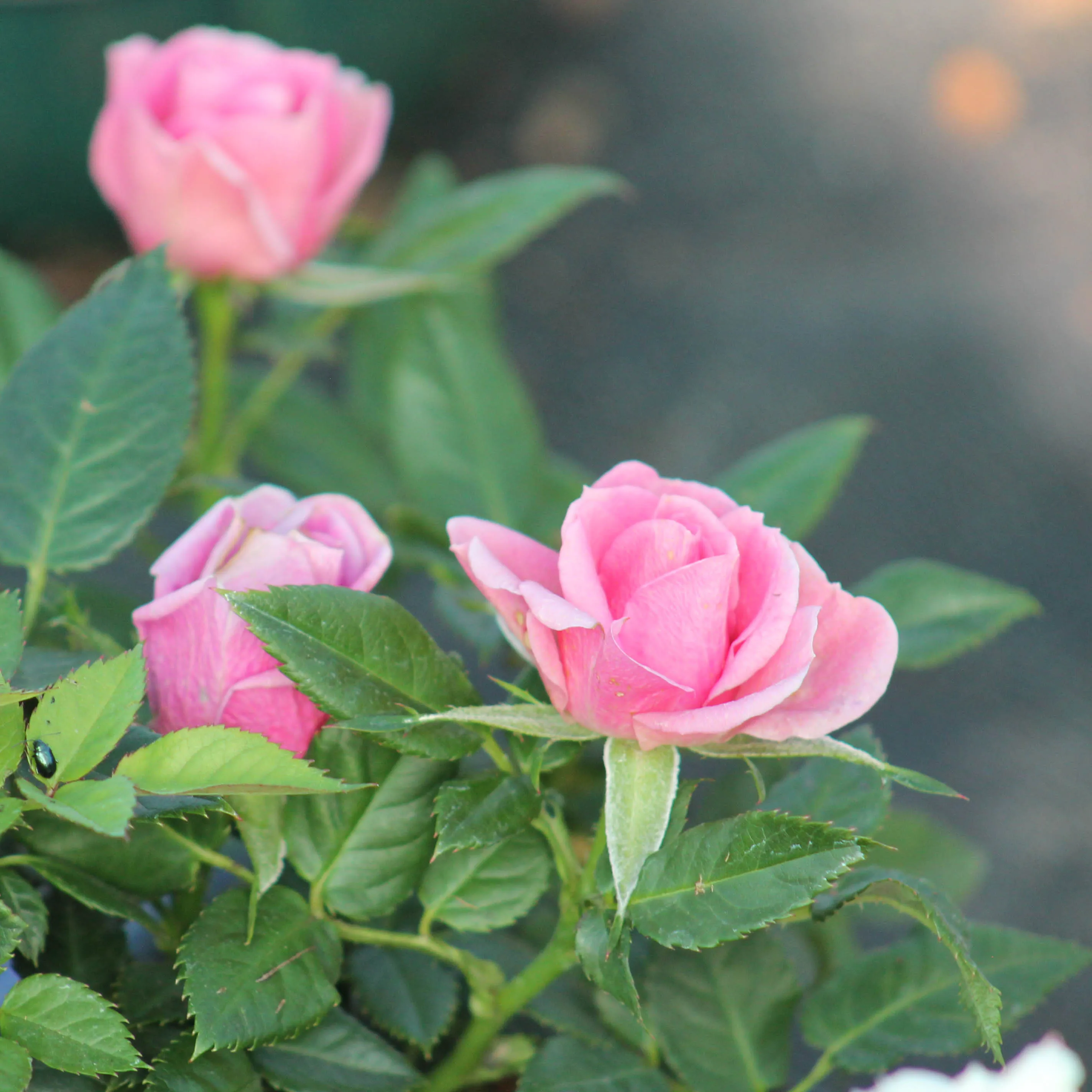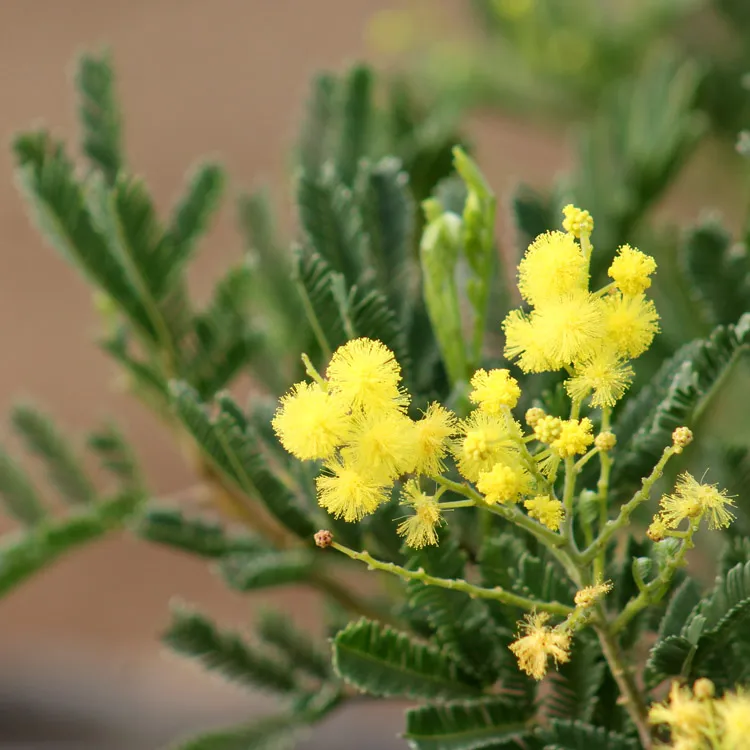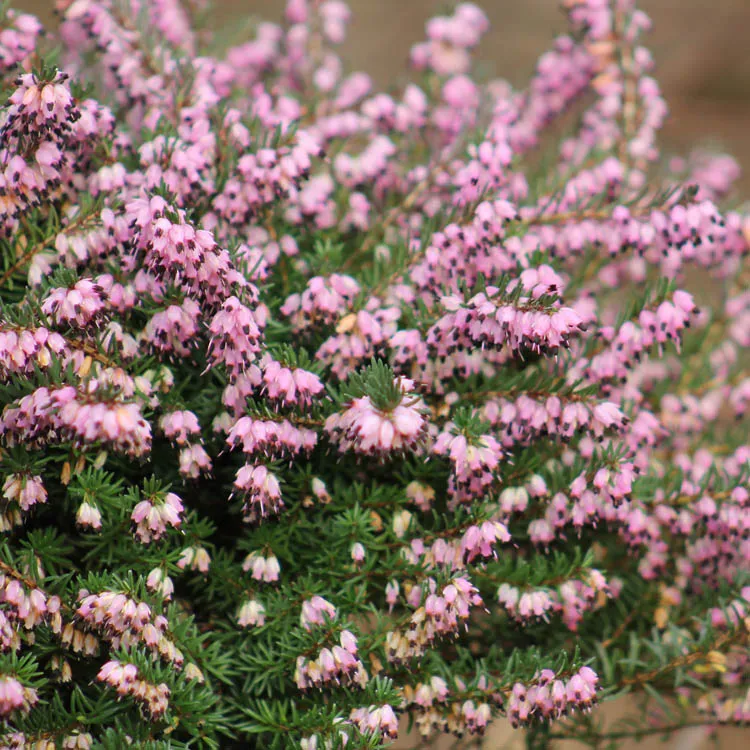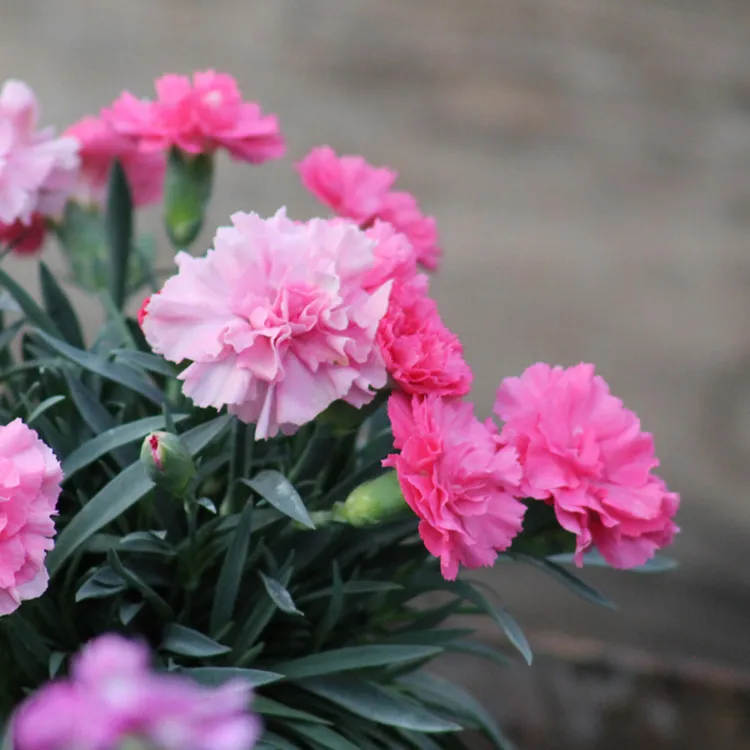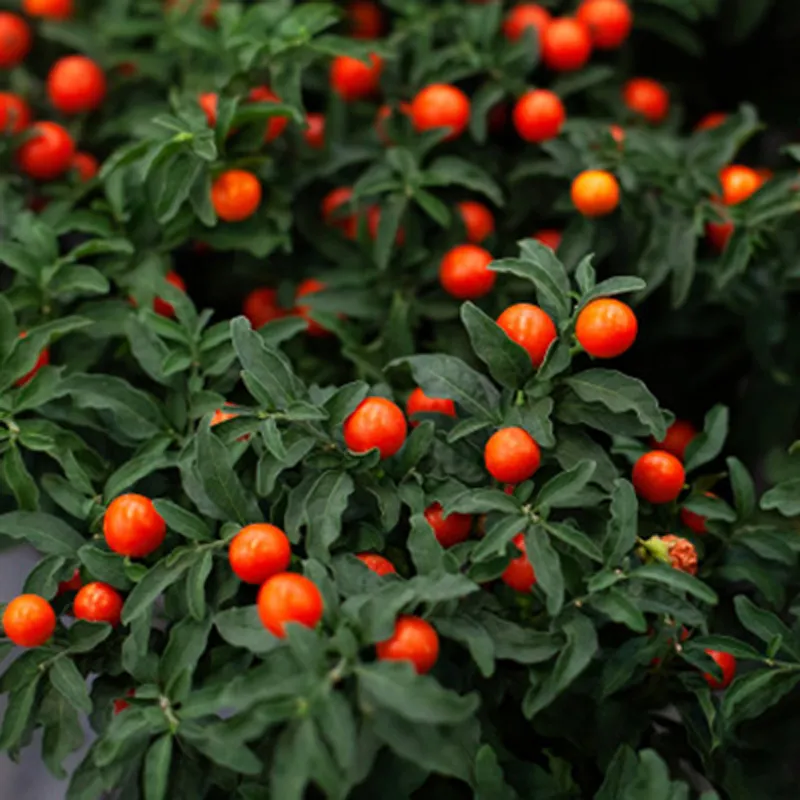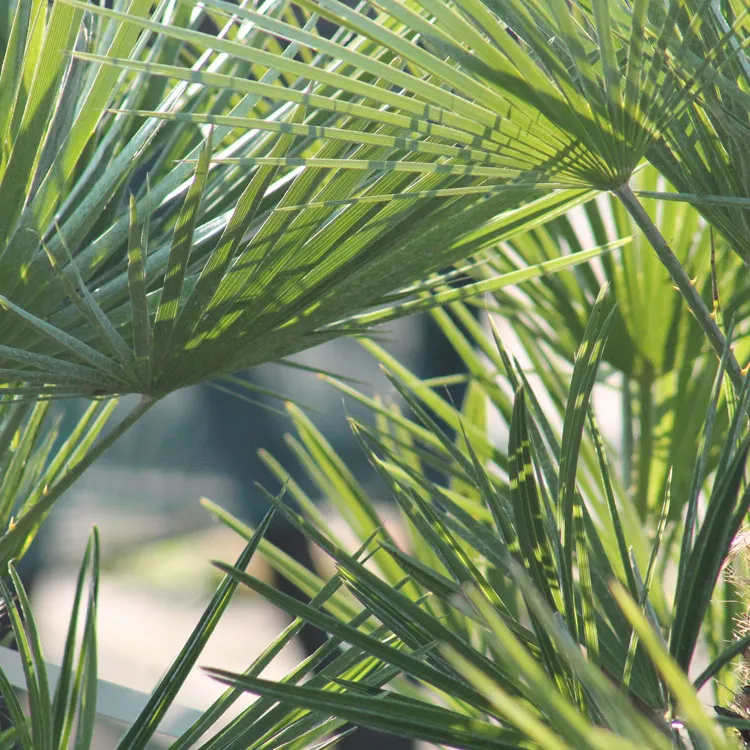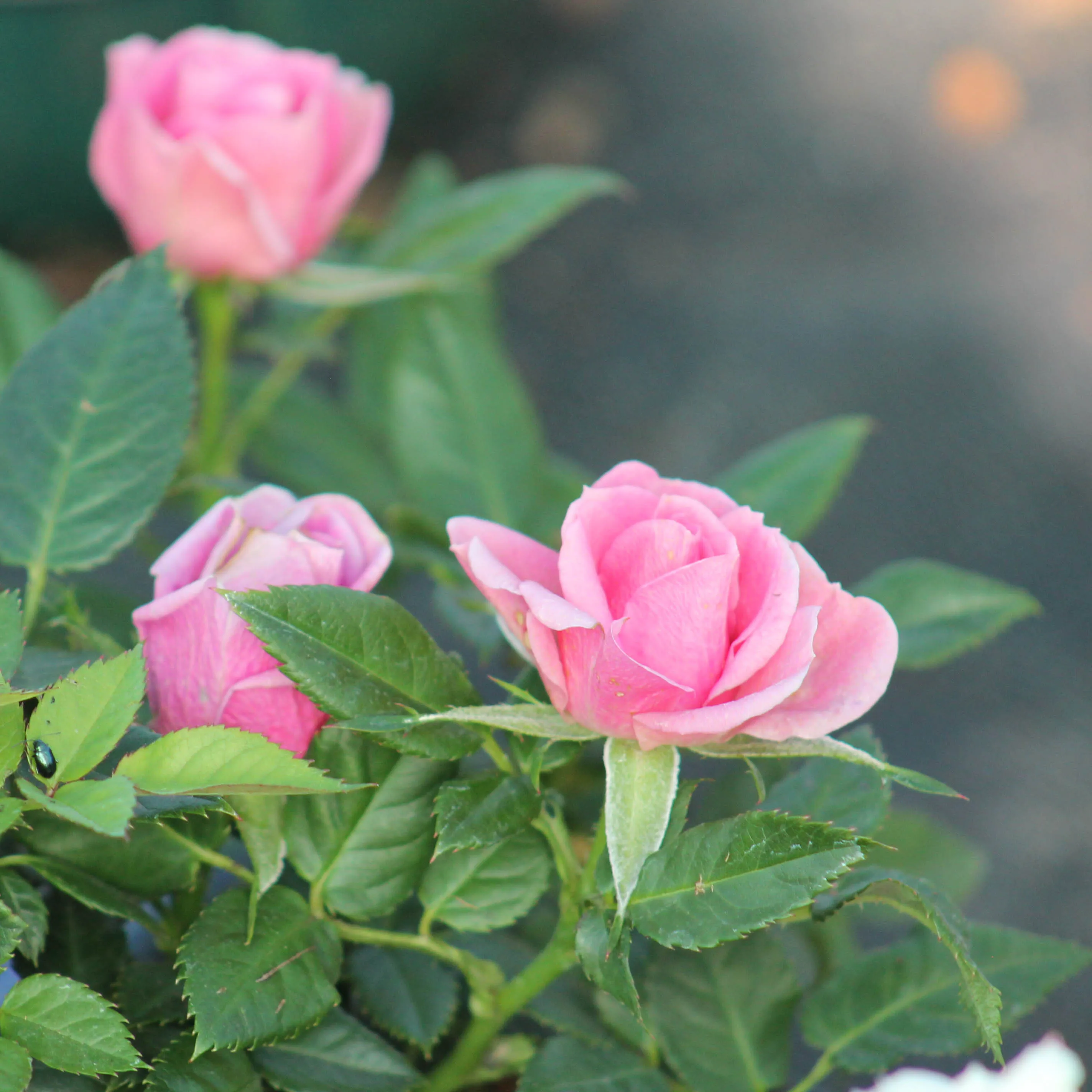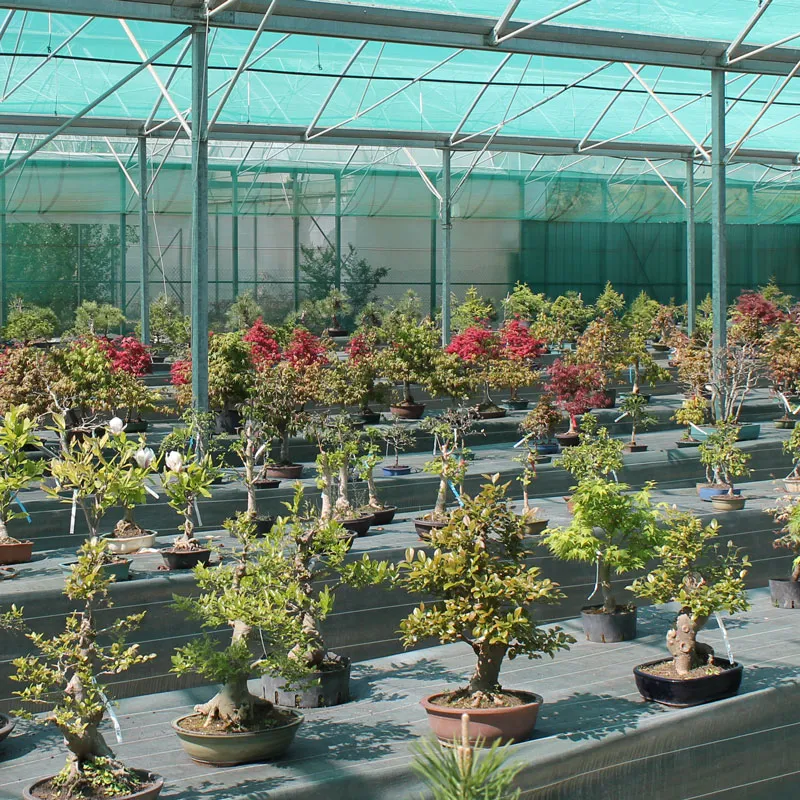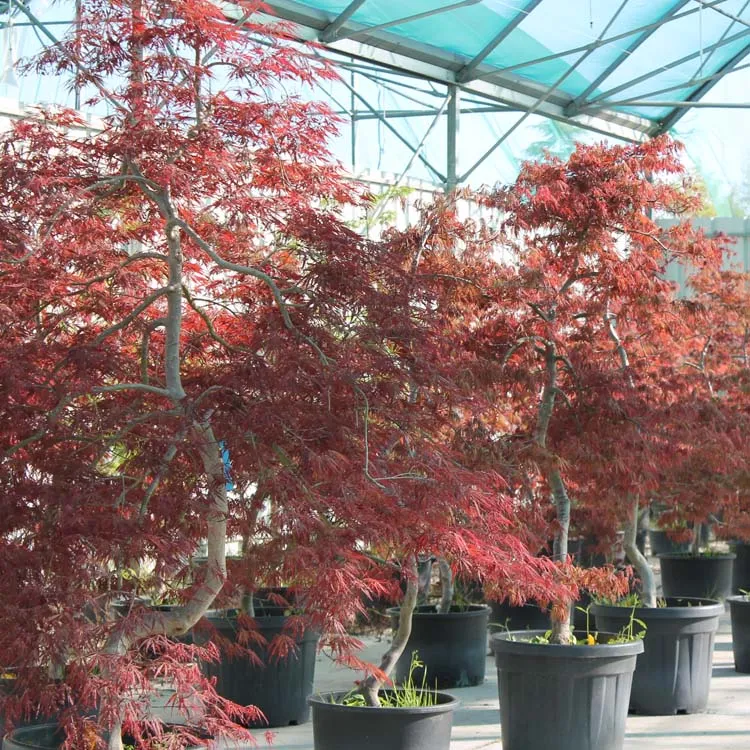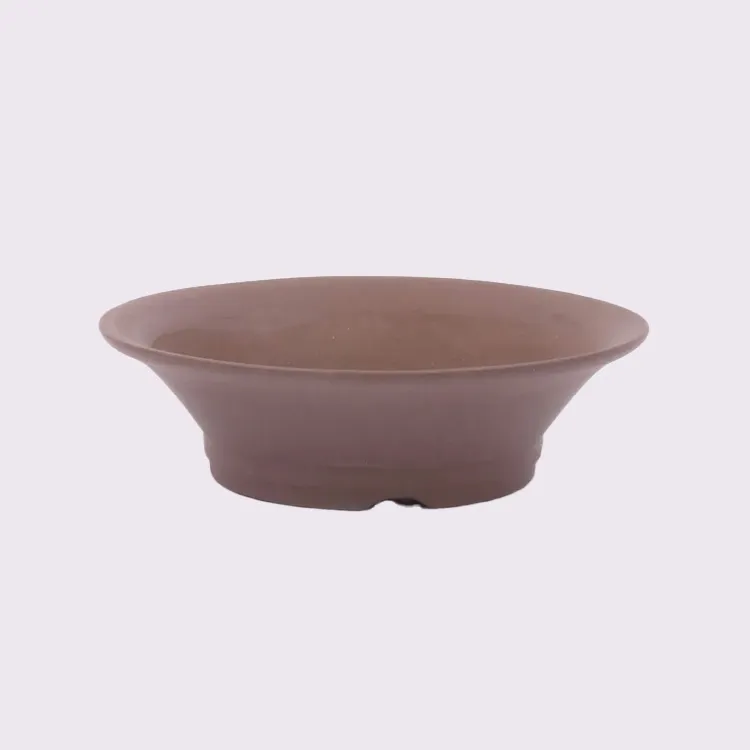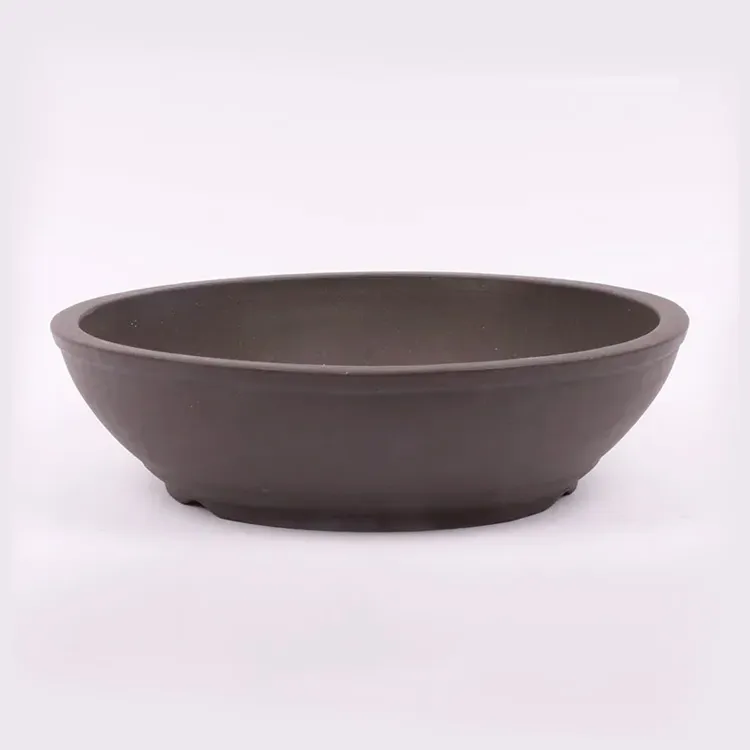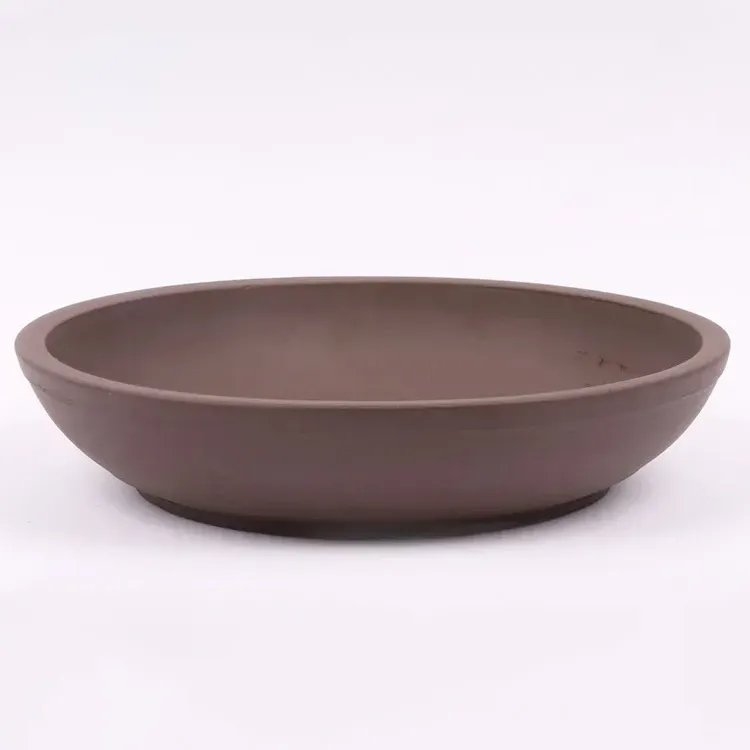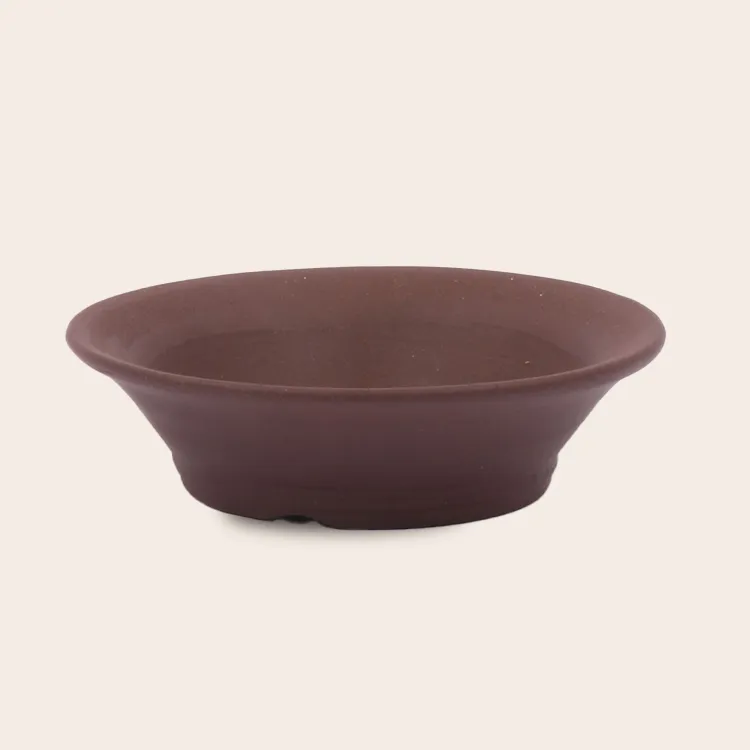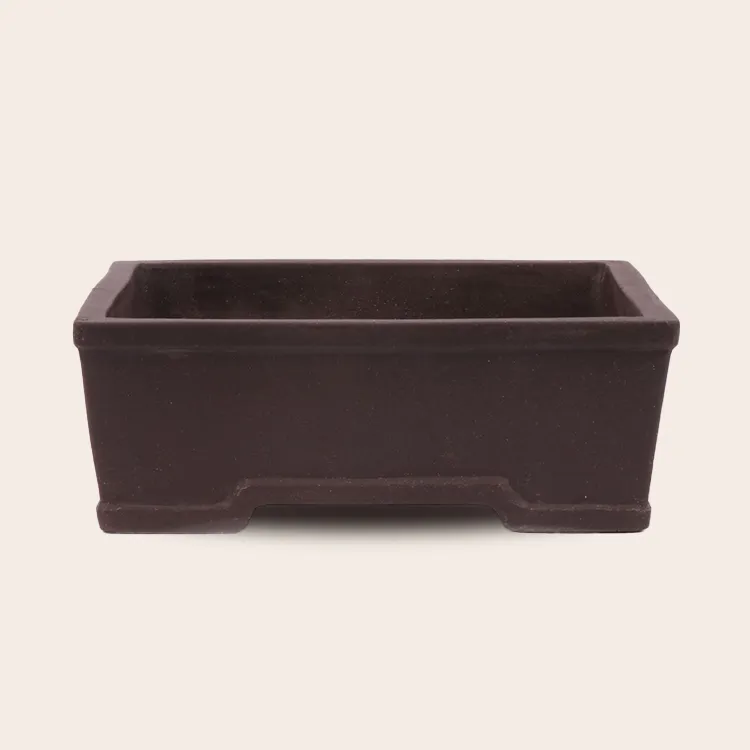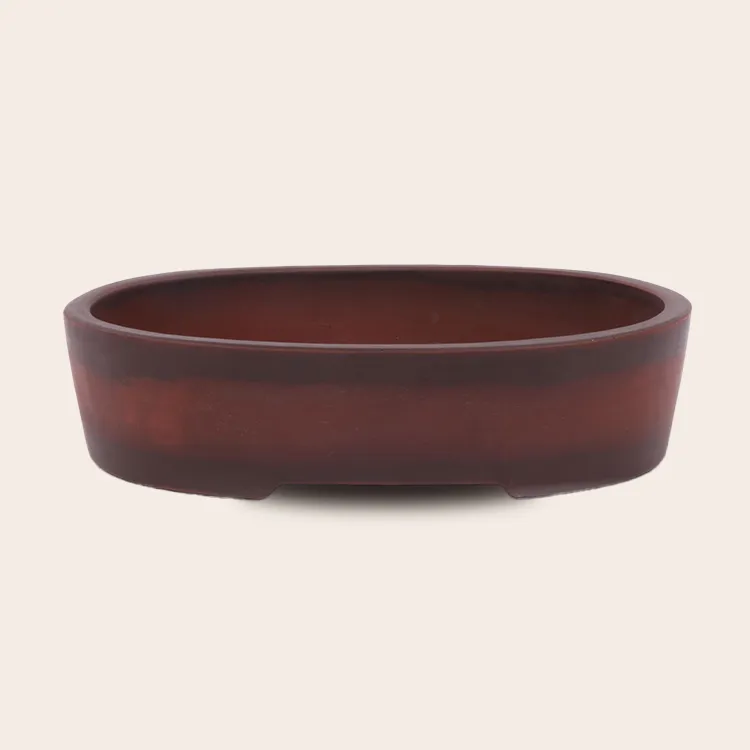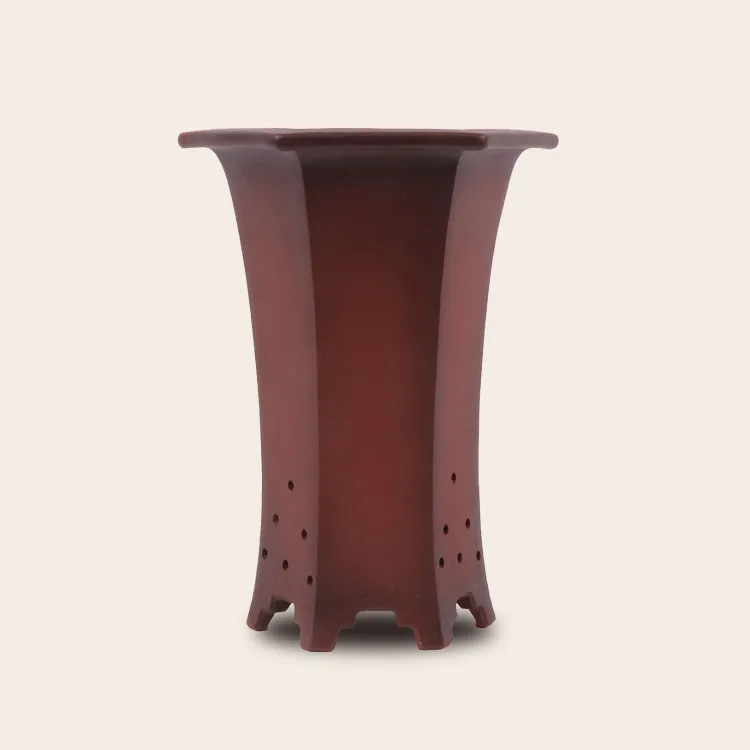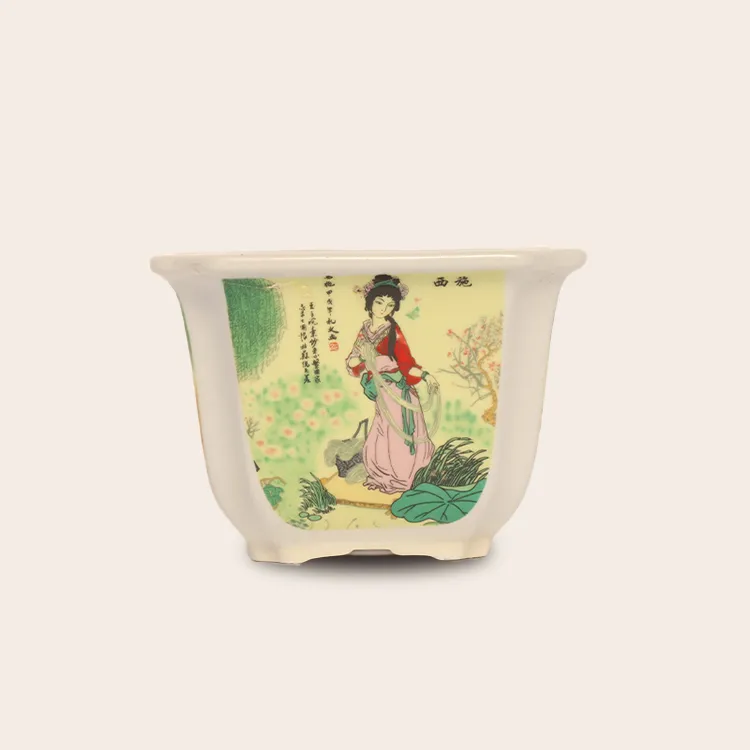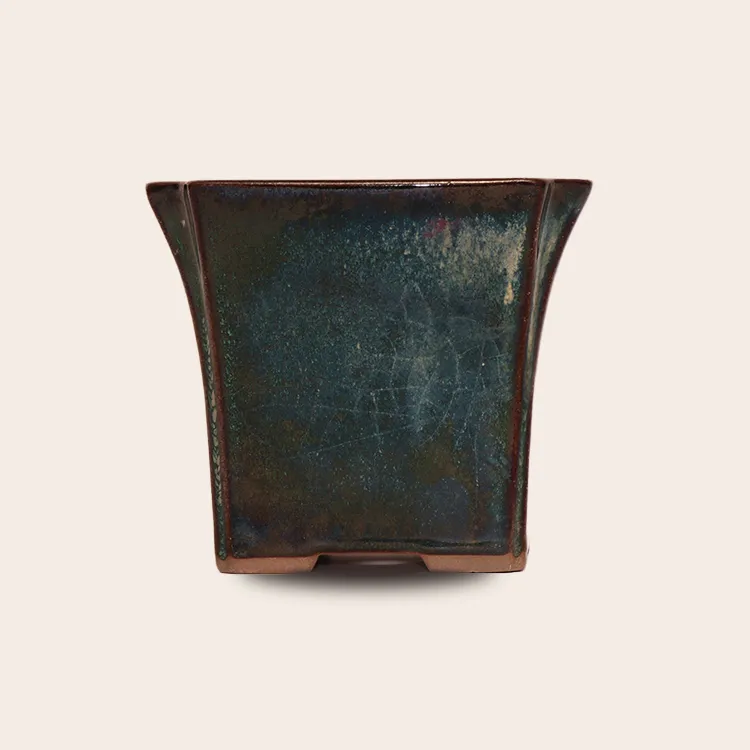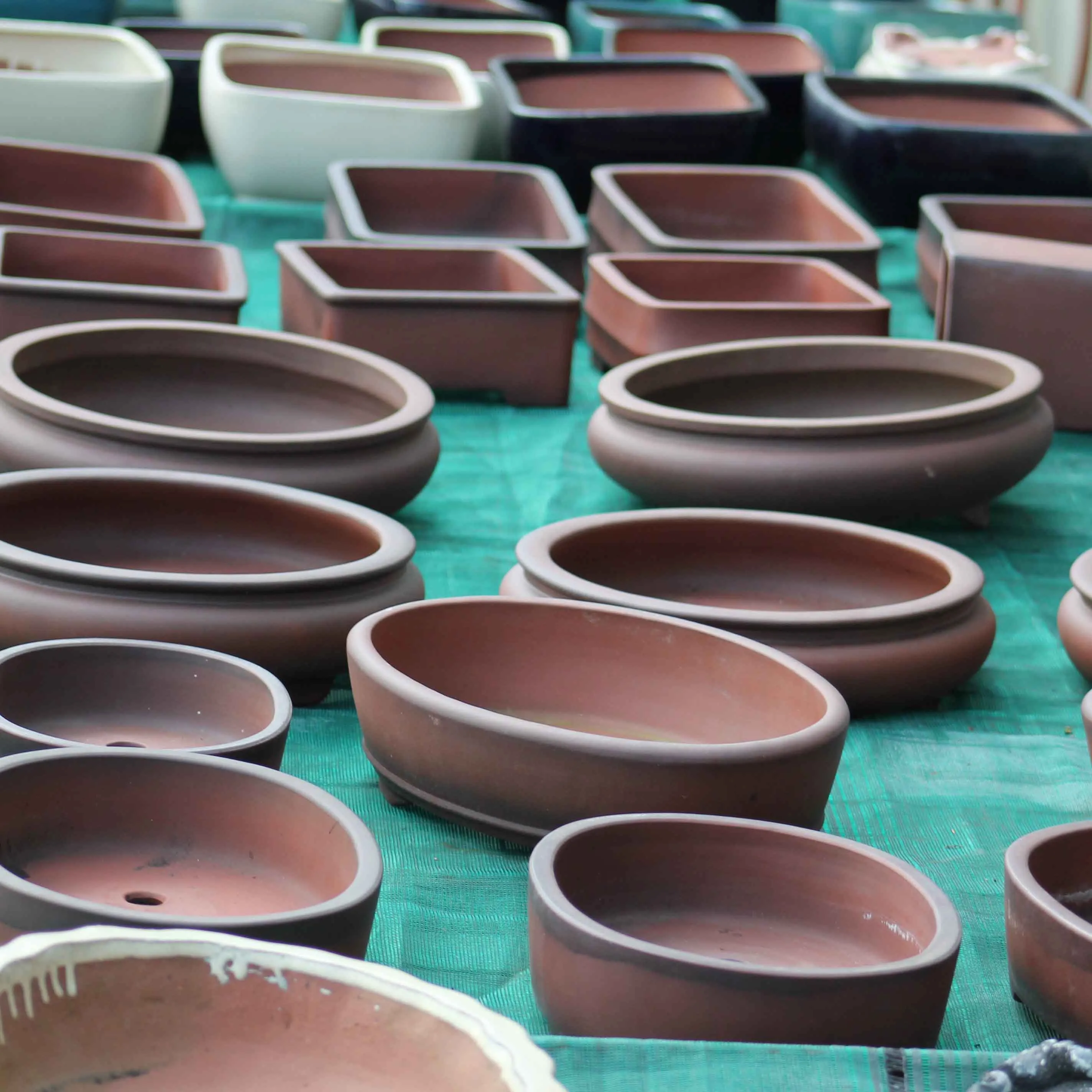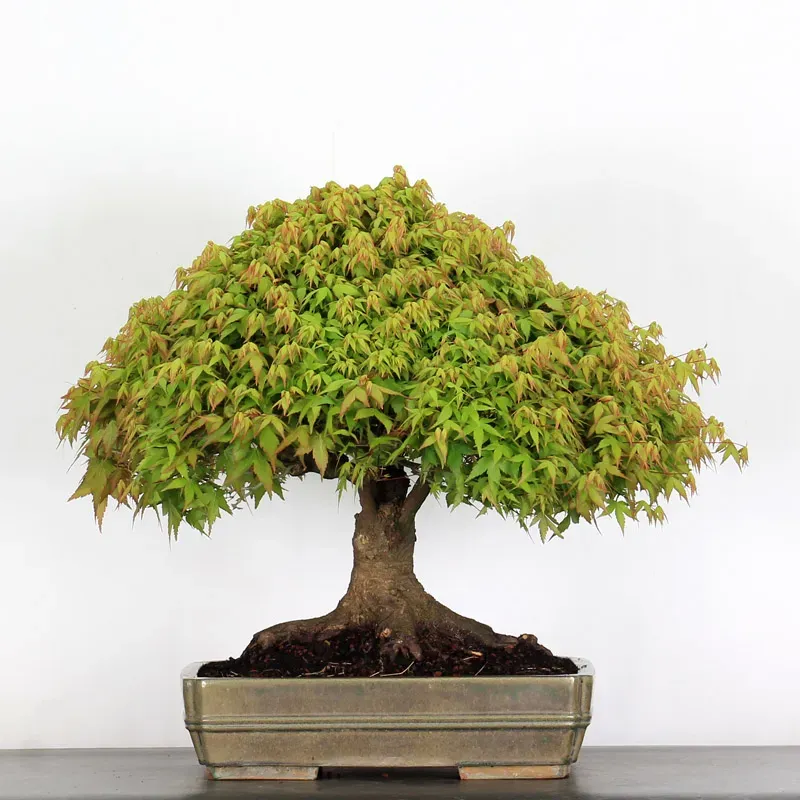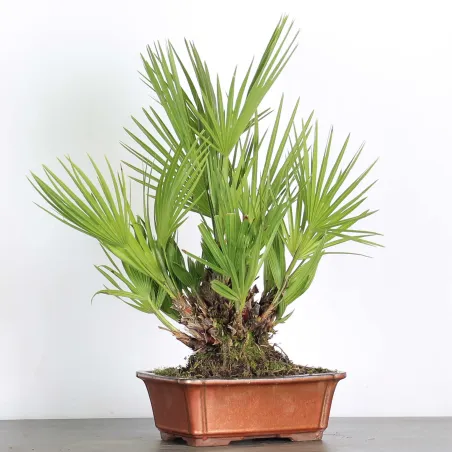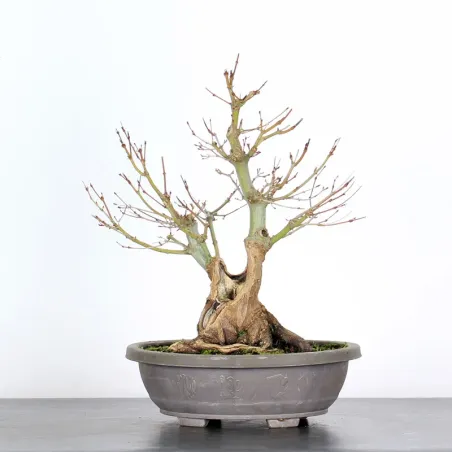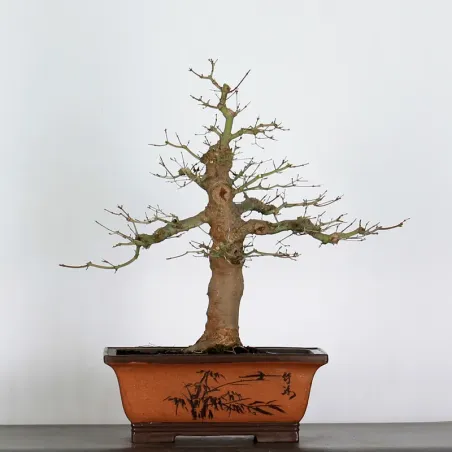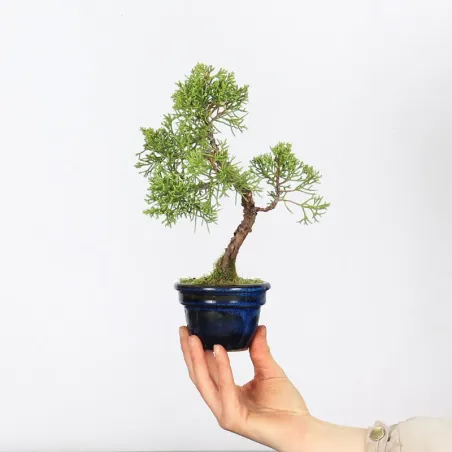Dehors toute l’année, l’érable kiyohime apprécie le soleil. Privilégiez un emplacement en plein soleil au printemps et à l’automne pour favoriser la ramification et développer de belles couleurs printanières et automnales. En été, nous vous conseillons de lui donner une exposition Est, avec du soleil le matin et de l’ombre l’après-midi. Effectivement, c’est un arbre de sous-bois qui n’apprécie guère le soleil brûlant estival. En hiver, nous vous conseillons, de le protégez des fortes gelées (en dessous de – 3°C) qui peuvent être dévastatrices pour votre arbre (exemple : voile d’hivernage, laine de verre, paillage et enveloppez le pot avec pour protéger les racines) Ainsi, avec cette protection, vous pouvez le laisser dehors sans problème.
 English
en
English
en
Bonsai
Acer kiyohime 4-6
Kiyohime Maple is a typical variety with a rounded shape. In spring, it is one of the first to bud break with small reddish leaves. It quickly becomes covered with finely cut leaves
- Photos of young leaves taken in April 2025
- Winter photos taken in january 2025
Kiyohime maple in bonsai
If you're looking for a bonsai maple that will look great in your collection, look no further! The Kiyohime is the archetype of what is known as the broom shape which evokes a peaceful tree in the middle of a field. It quickly develops a beautiful branching and the color change of its foliage is a delight. It is the ideal bonsai for both beginners and more experienced amateurs.
+ Seedlings grown in the ground and then in pots
Caring for an Acer Palmatum Kiyohime
Location : Outdoors year-round, the kiyohime maple enjoys the sun. Choose a location in full sun in spring and fall to encourage branching and develop beautiful spring and fall colours. In summer, we advise you to give it an eastern exposure, with sun in the morning and shade in the afternoon. Indeed, it is an undergrowth tree that does not appreciate the scorching summer sun. In winter, we advise you to protect it from heavy frosts (below -3°C) which can be devastating for your tree (example: winter fleece, glass wool, mulch and wrap the pot with it to protect the roots) So, with this protection, you can leave it outside without any problem.
Watering : Maple does not like dry water, so always keep the soil moist so water it regularly while letting the root ball dry out slightly between waterings to avoid excess water. Watering will be done very regularly, in hot weather, it's every day ! On the other hand, in winter, water according to the soil monitoring you do. Thanks to the rain and cold, you won't necessarily need to water regularly since the substrate will remain moist.
To do it right: Don't hesitate to water the entire root ball up to the roots, the water will drain through the holes under the pot or bathe it in water (drenching) for a few minutes, to be sure to water it well. We do not recommend putting a cup/container under your pot because the water will stagnate and can cause root rot. (Too much water = asphyxiation).
Substrate and repotting : The kiyohime maple likes cool soils with a good share of organic matter. In the nursery, we use agricultural potting soil which is composed of black peat, blond peat, eco-aged, topsoil, horse manure, pozzolana. Repotting is done in the spring, when the first leaves appear. The ideal time is when the bonsai has started to grow. At this point, it will heal the root cuts faster and create new ones. Thus, avoid repotting in the middle of winter and autumn.
Size : During the growing season, the first pruning is done in May, do not hesitate to prune well and cut back to the side to prevent the maple from spreading, keep its rounded shape without touching the head, the leaves of the second shoot will be more resistant to the sun. Do the second pruning in the summer
Fertilization : In the nursery, we use blue tomato/flower fertilizer NPK 12 12 17. You can use some and put a handful (small or large depending on the size of the pot) on the substrate from May to October, every 2 months alternating chemical/organic.
» Complete Guide to Caring for a 'Kiyohime' Maple
More information:
All our bonsai trees are unique. That's why they're referenced by numbers. These do not indicate the age of the tree. If you would like to know more about it, please do not hesitate to contact us.
We ship throughout France and neighbouring countries that are part of the EU.
We take care to pack each bonsai in custom-made wooden crates or reinforced cartons . The tree is well protected and tied to prevent any risk of breakage.
Depending on the size and weight of your bonsai, shipping is carried out by specialized carriers: DPD (under 30kg) or GEODIS (+30kg).
Our priority is that the delivery goes smoothly. For this reason, shipments are rarely made on weekends and never during heat waves, to prevent your bonsai from transacting for too long. We also regularly check and verify the tracking of your packages.
Don't hesitate to visit our delivery page to find out more.
Click ----> Bonsai Delivery France and EU - Galinou Bonsai Nursery
The + of our bonsai nursery
The bonsai tree you see in the picture is really the one you are going to receive. To find out the dimension, refer to the scale on the side. Each product is unique and we take care to take photos that give you the most accurate preview possible of what you will receive.
All bonsai are produced in our large nursery in Lot-et-Garonne. They are therefore perfectly adapted to the climate of France, which is not always the case with Japanese imports.
We have more than 1000 bonsai trees for sale at the nursery and tens of thousands under cultivation and work. This site is only a meagre representation of our production, but it is impossible for us to put all our stock online. So if you happen to be visiting us, don't hesitate to visit us
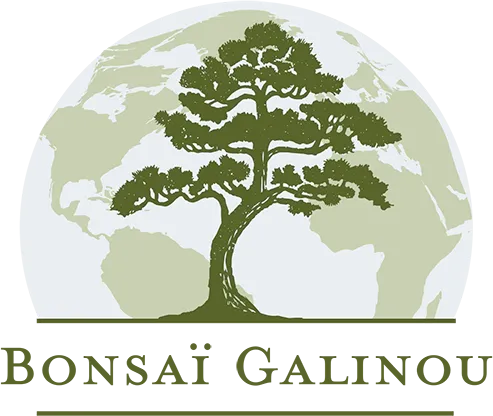
 Production of French Bonsai
Production of French Bonsai
